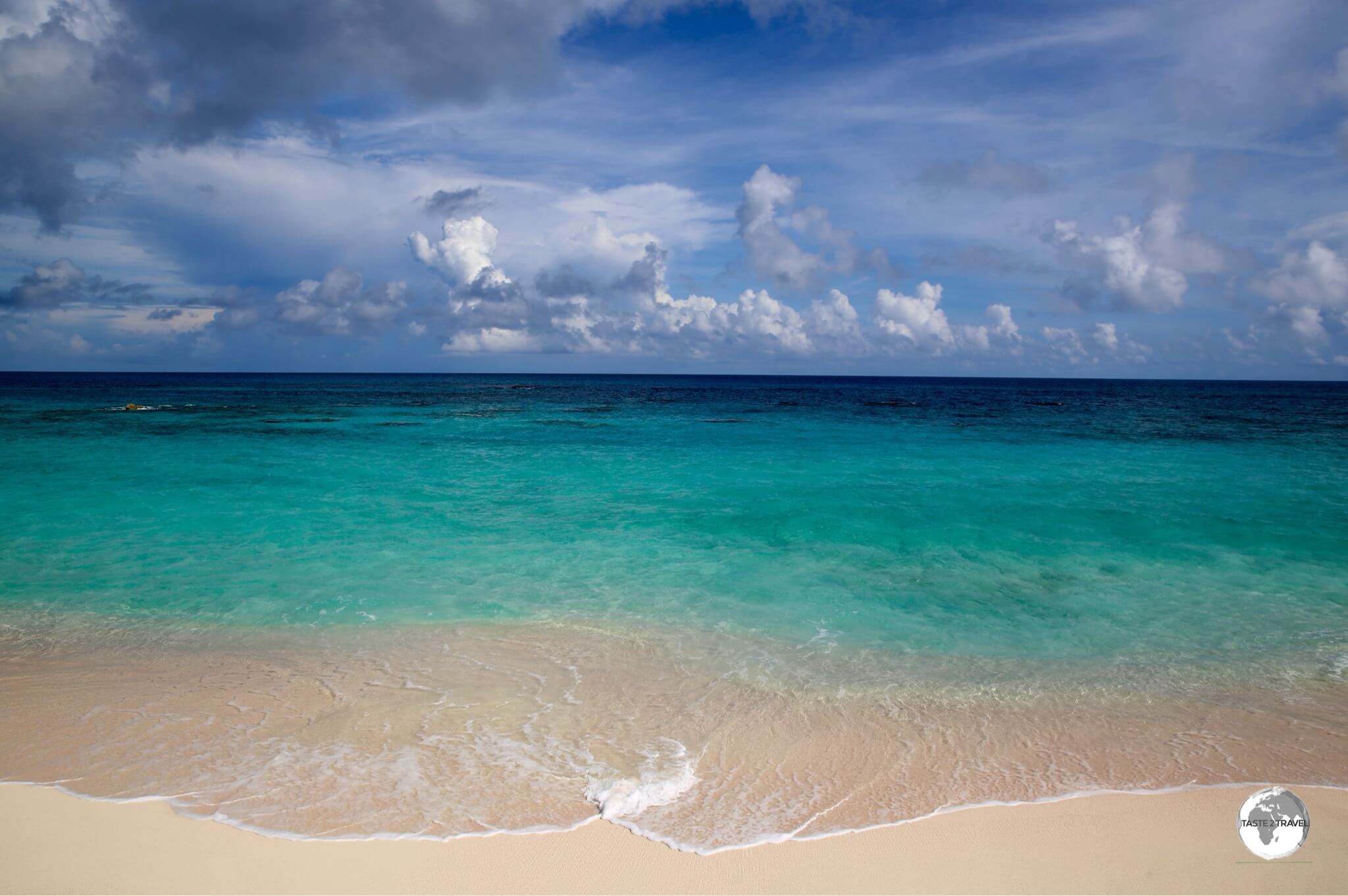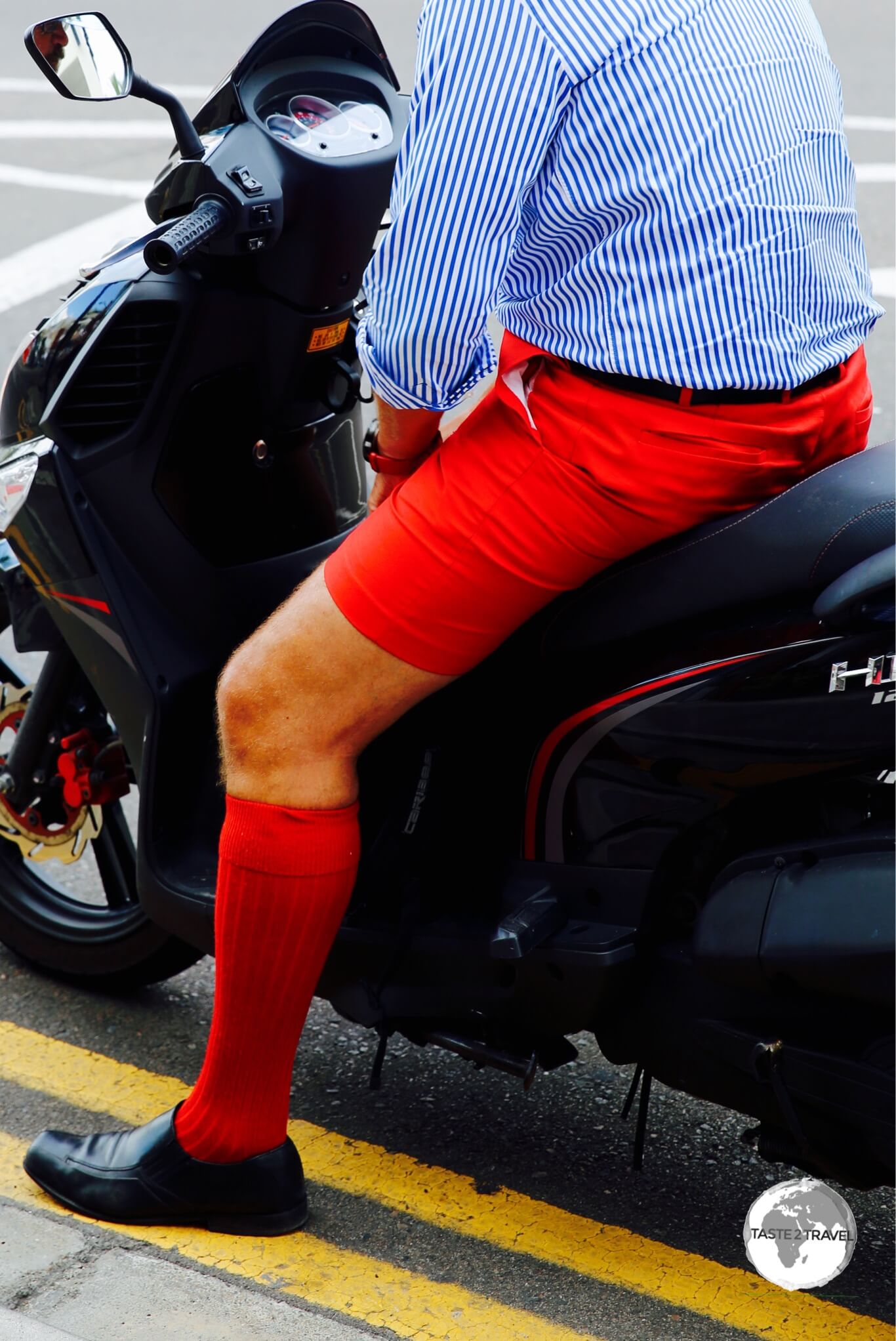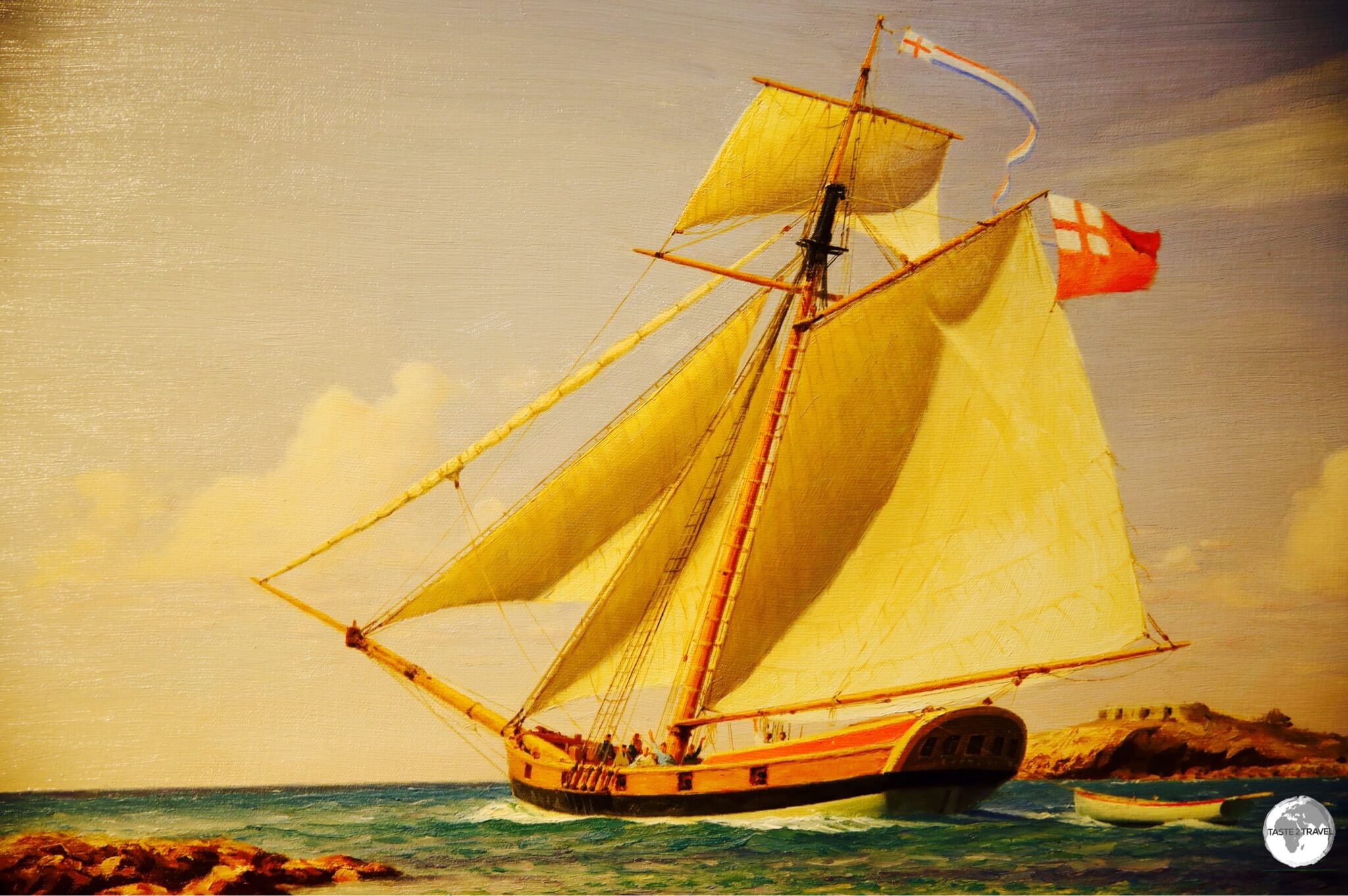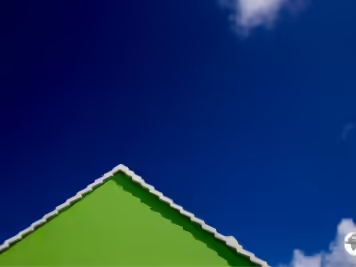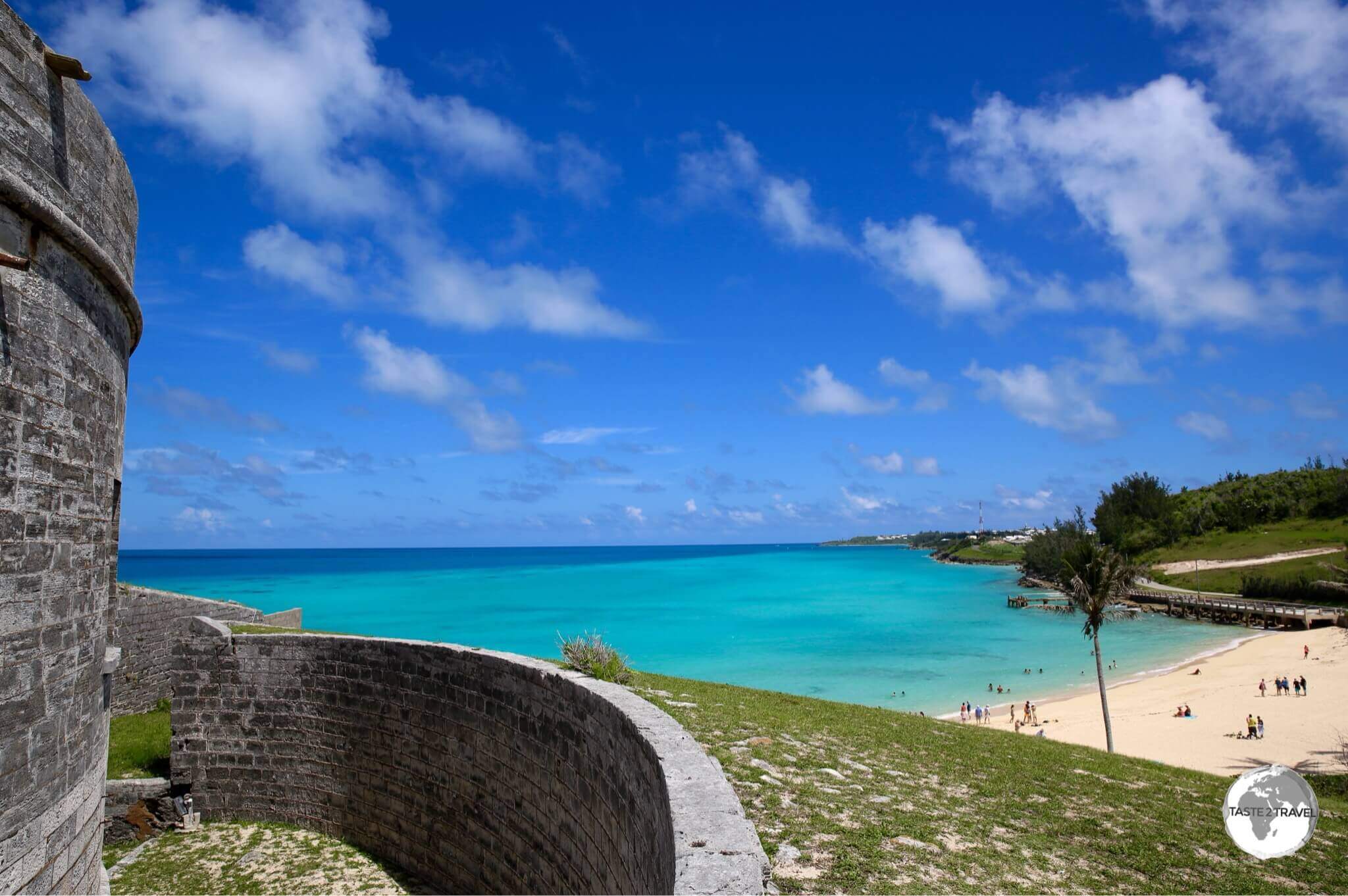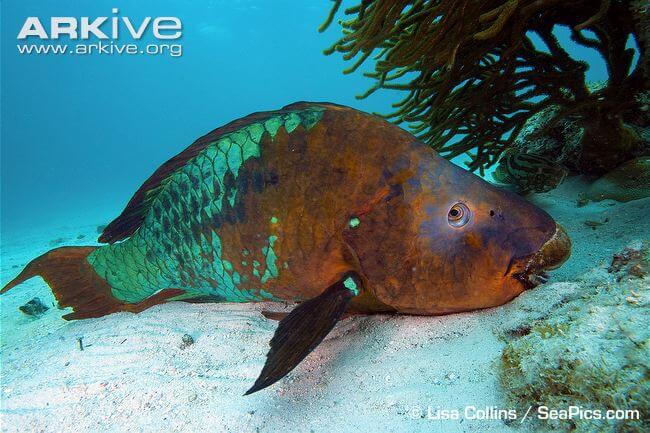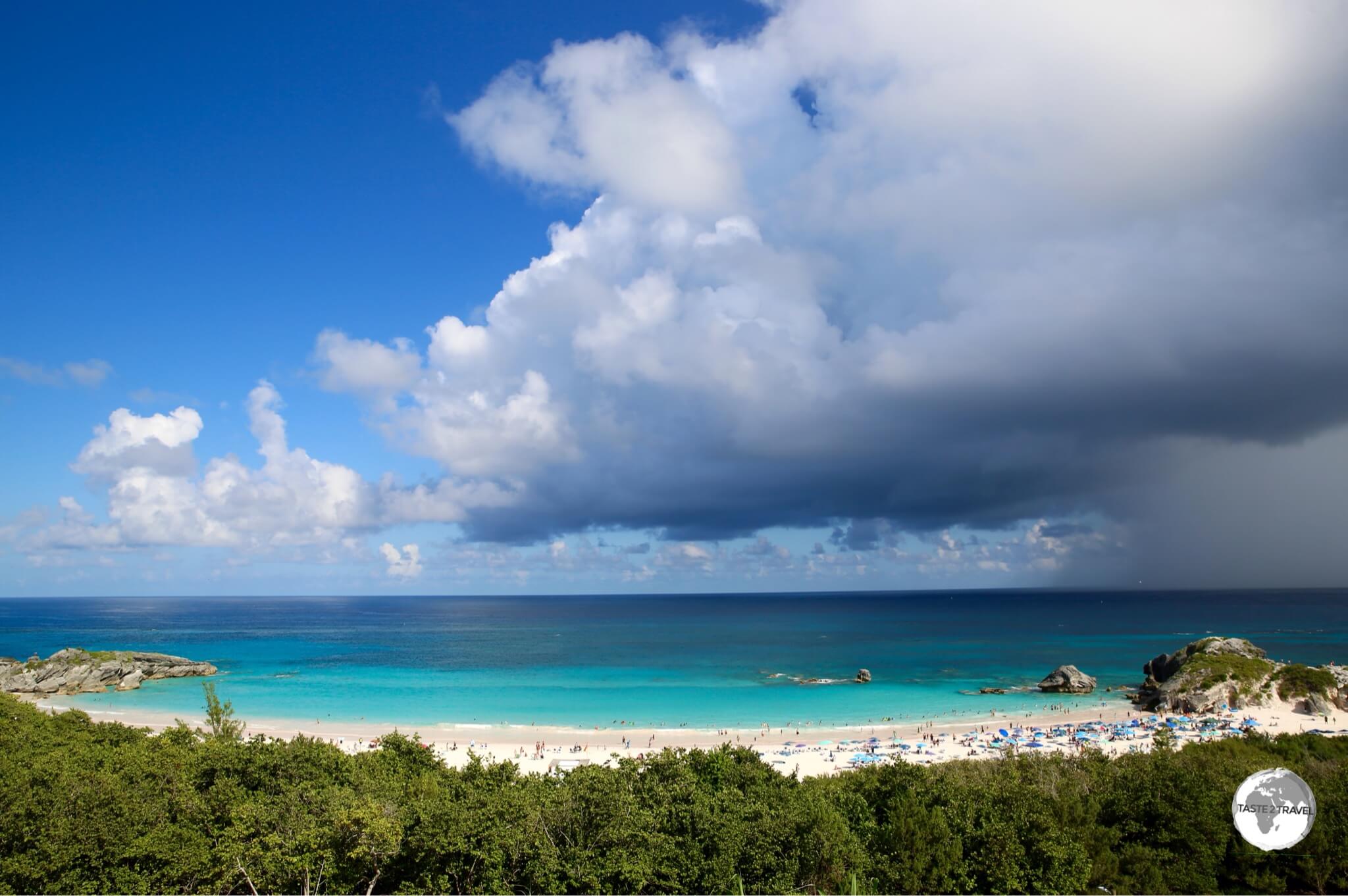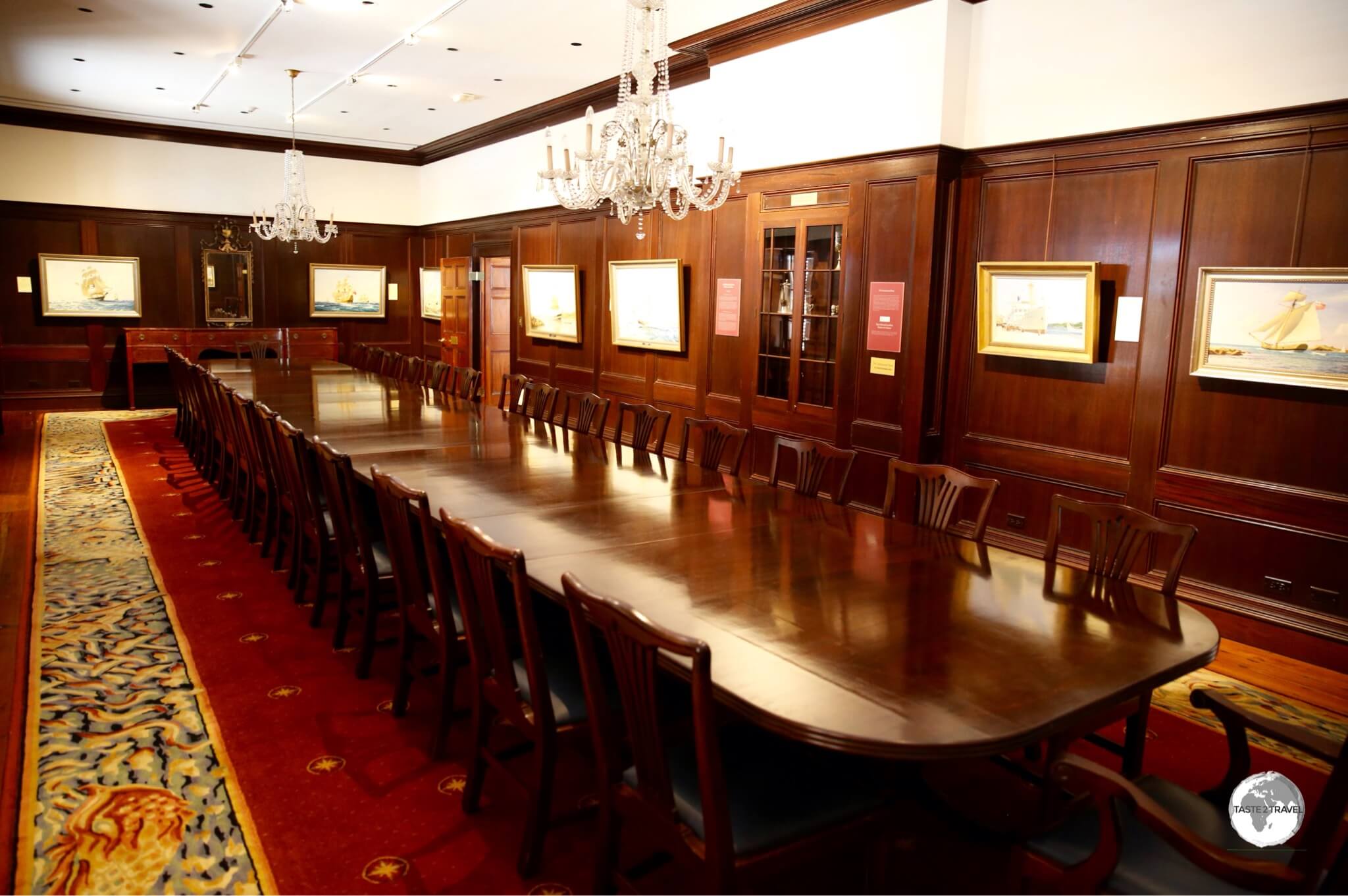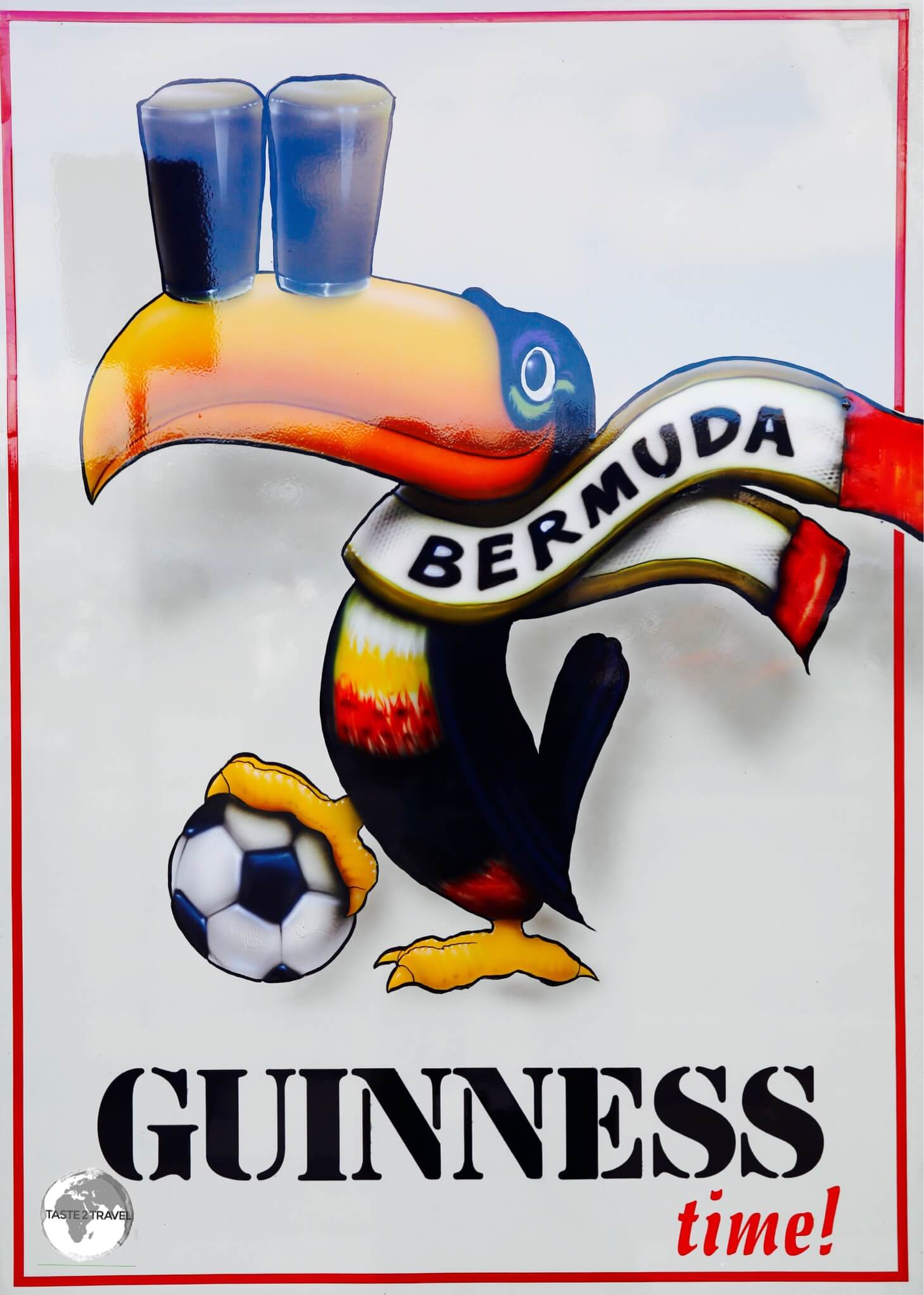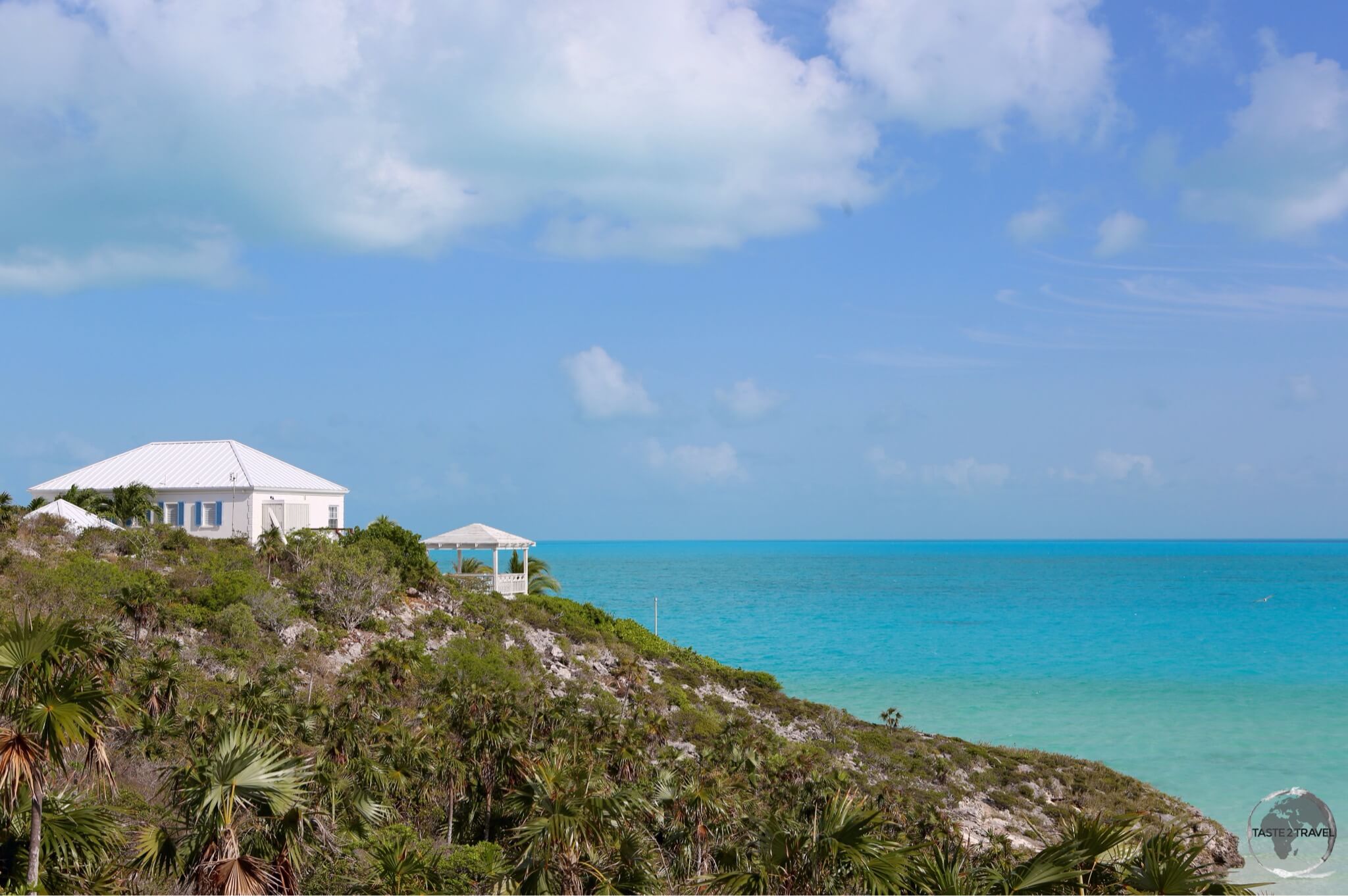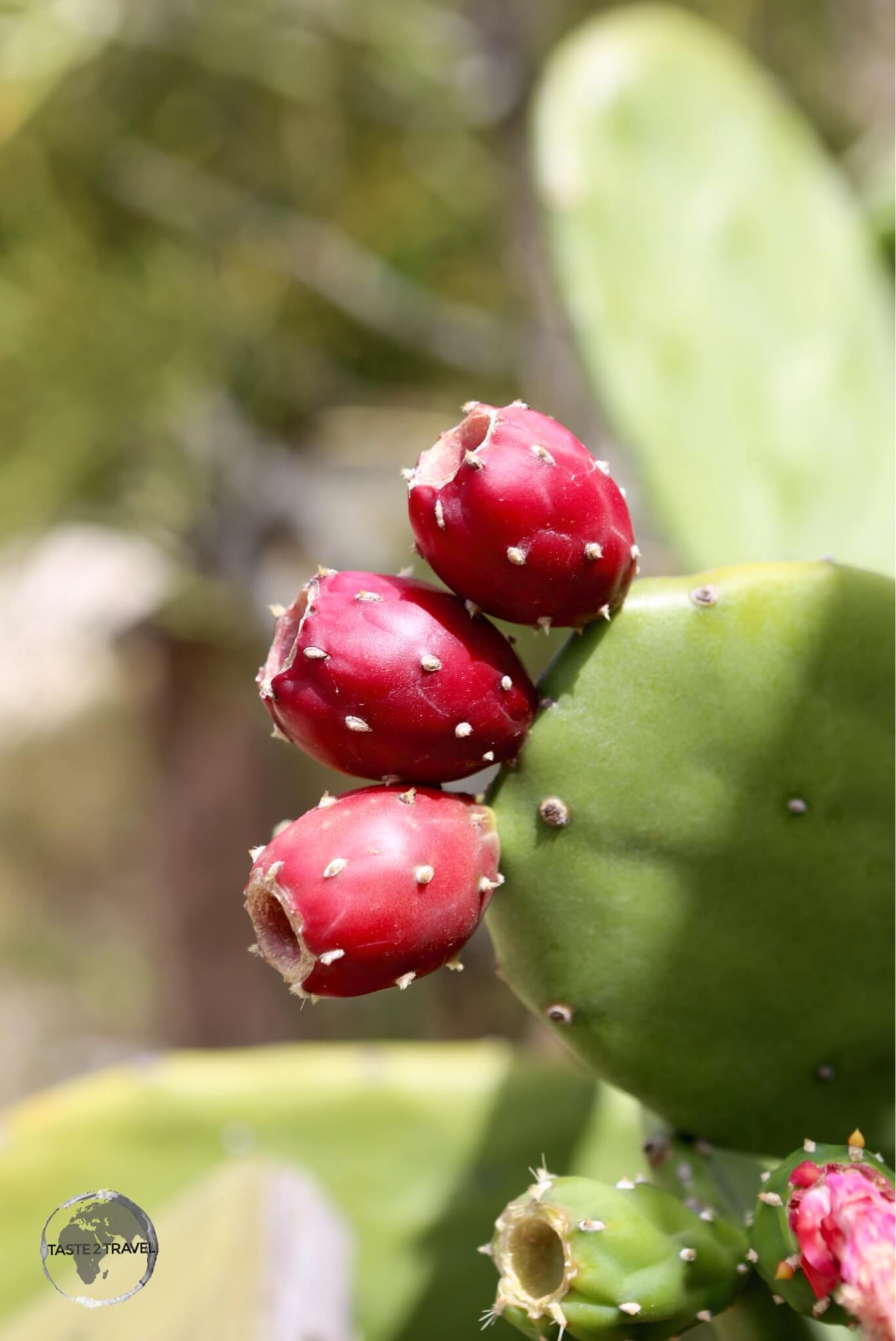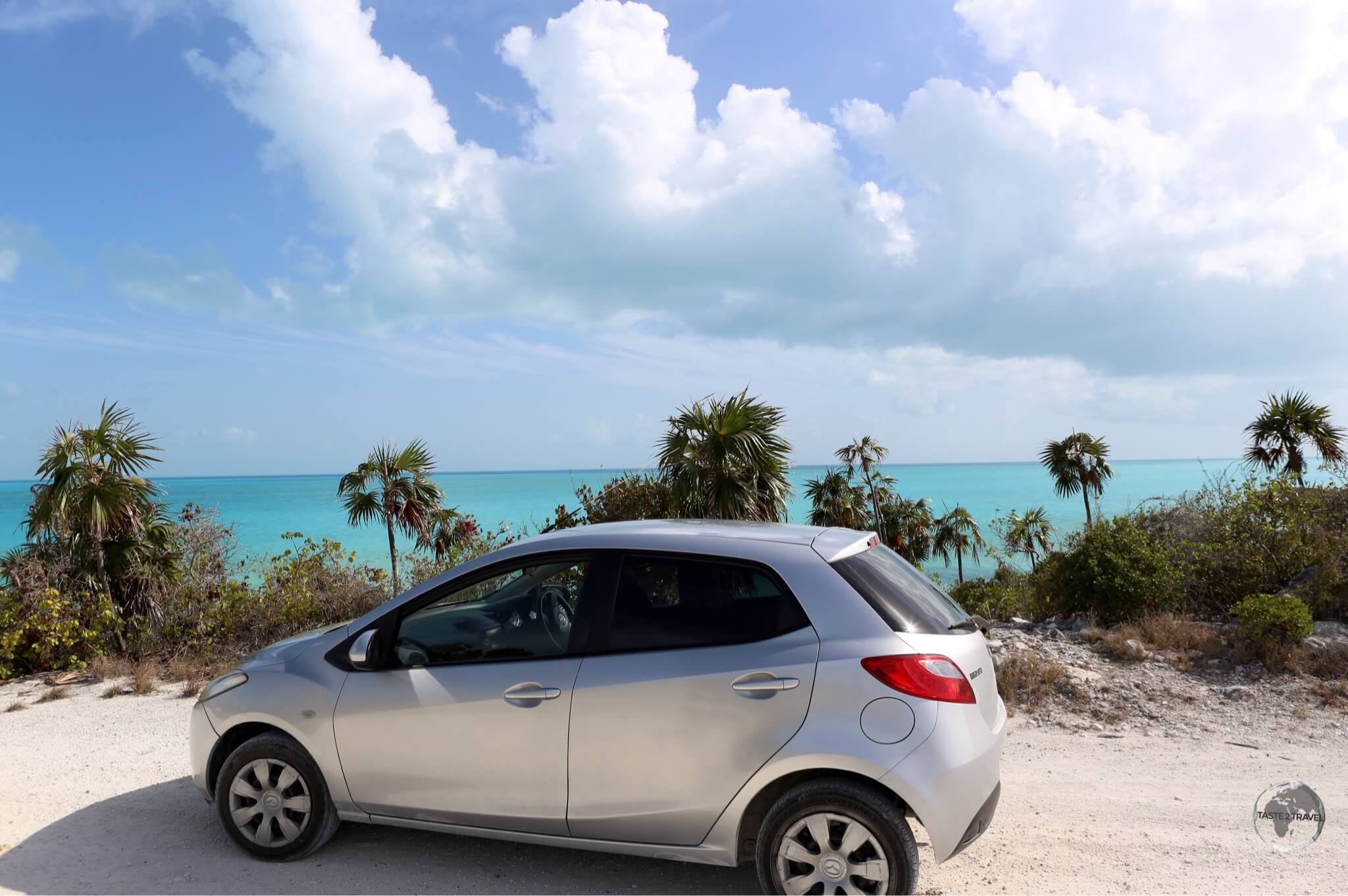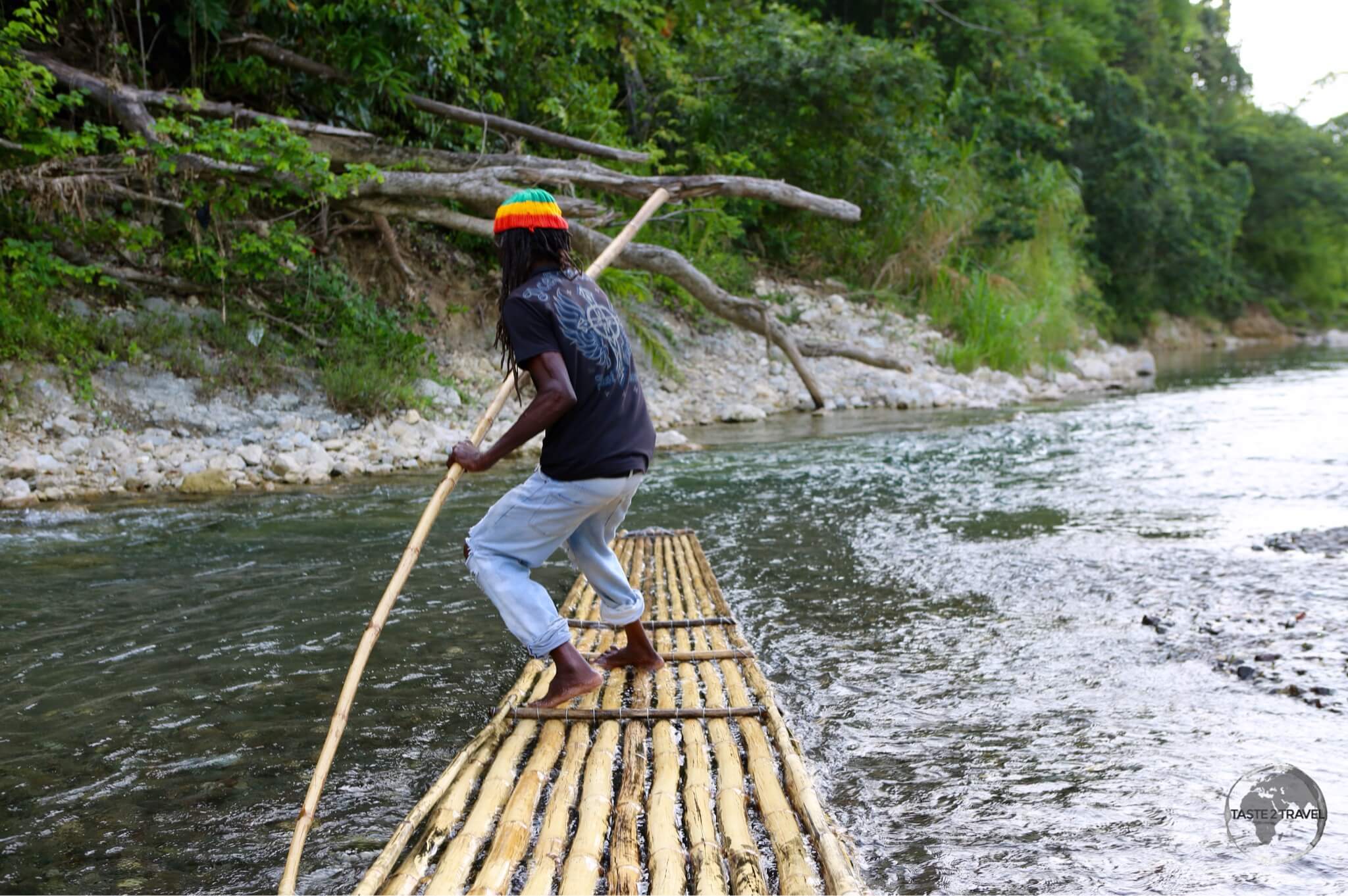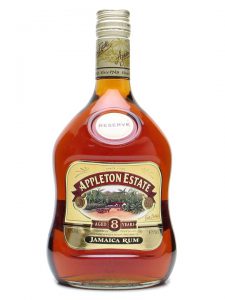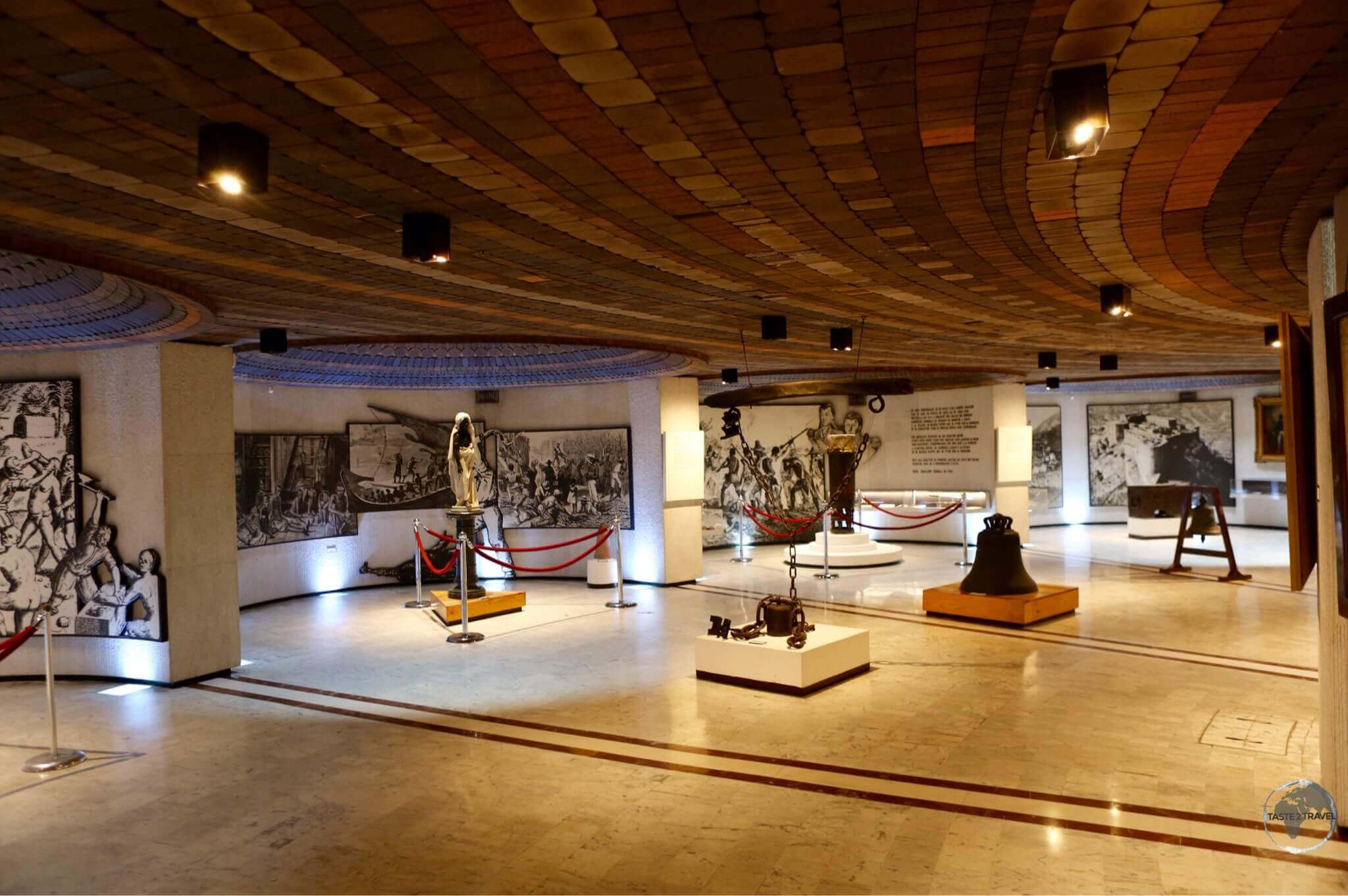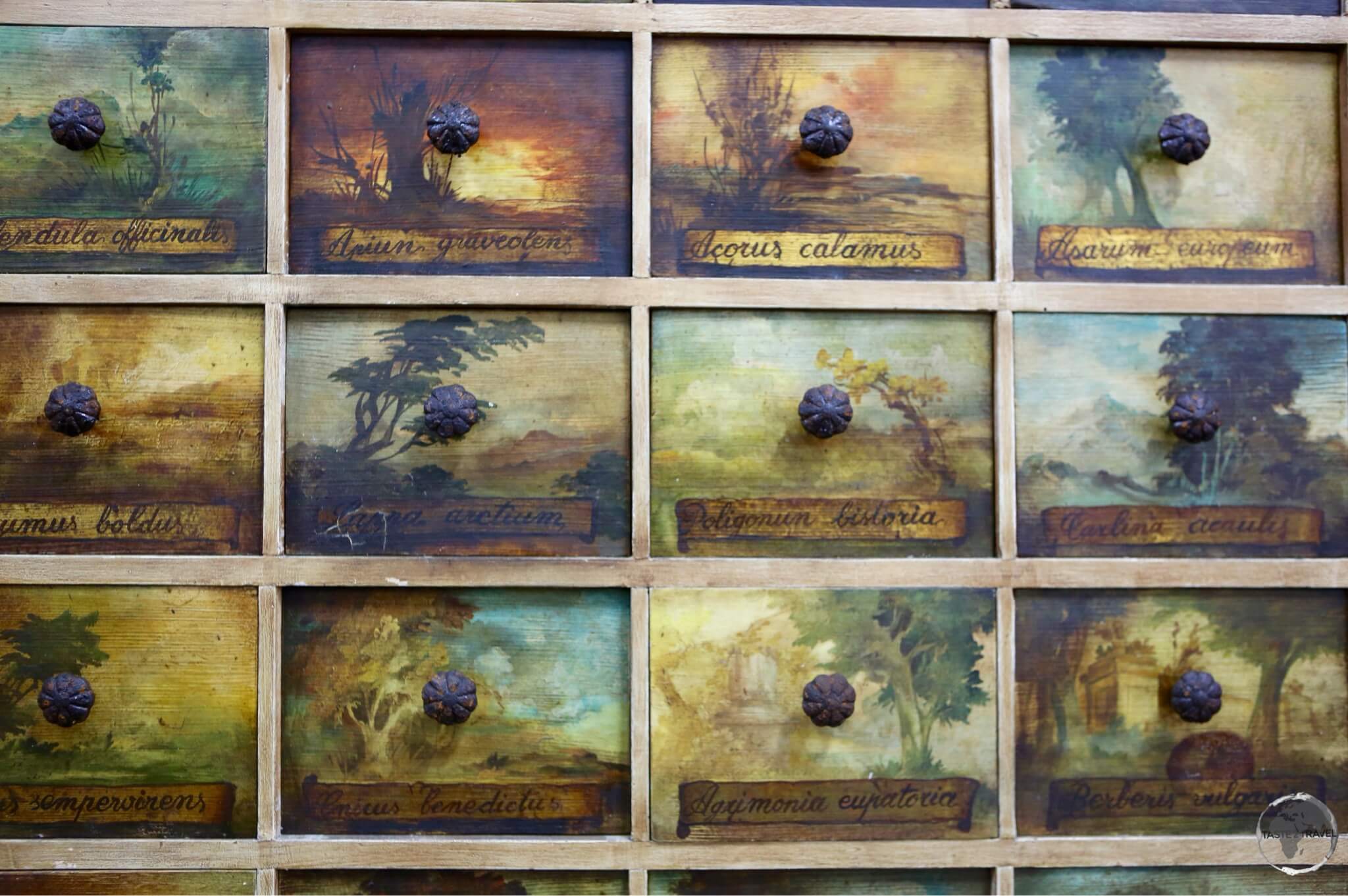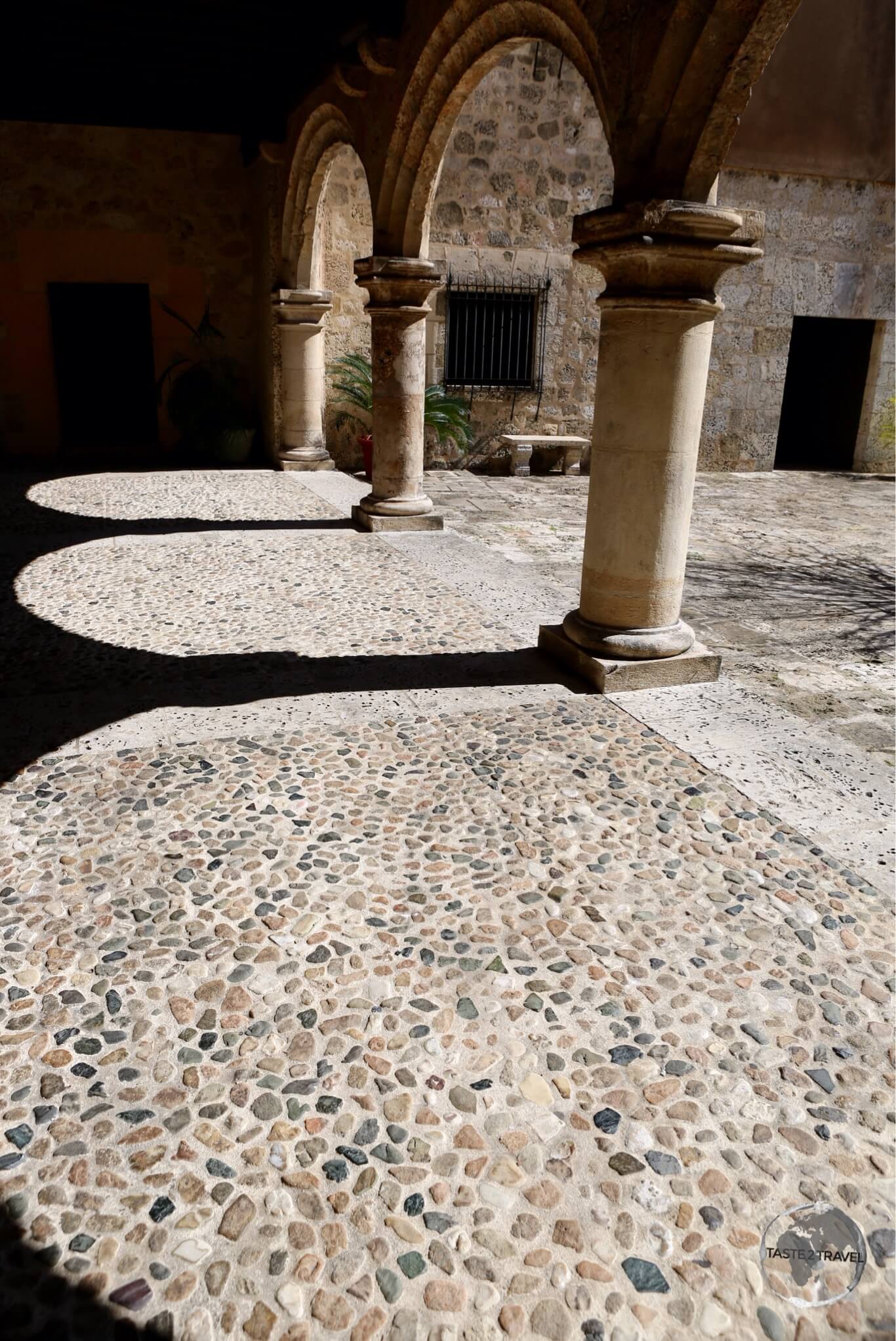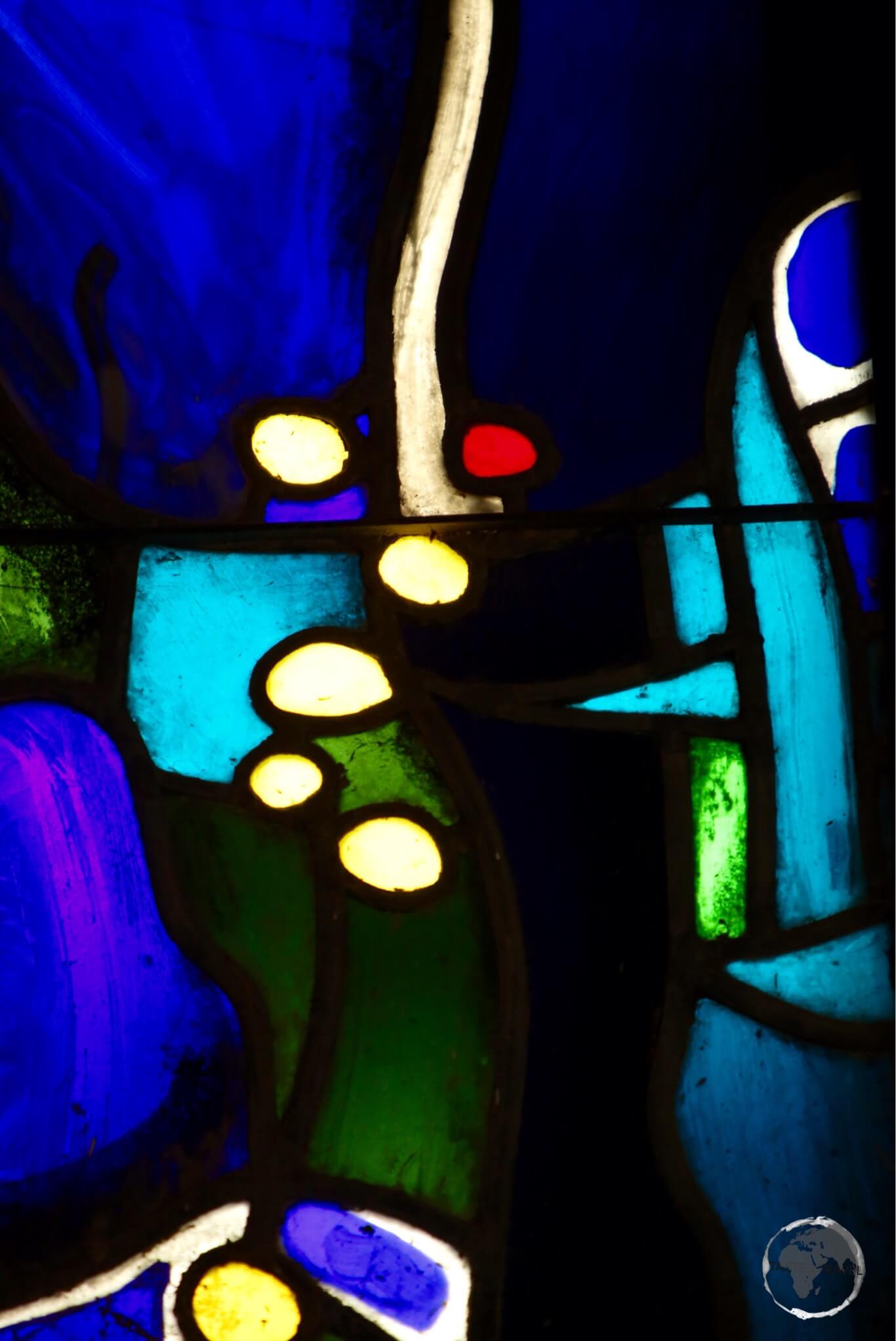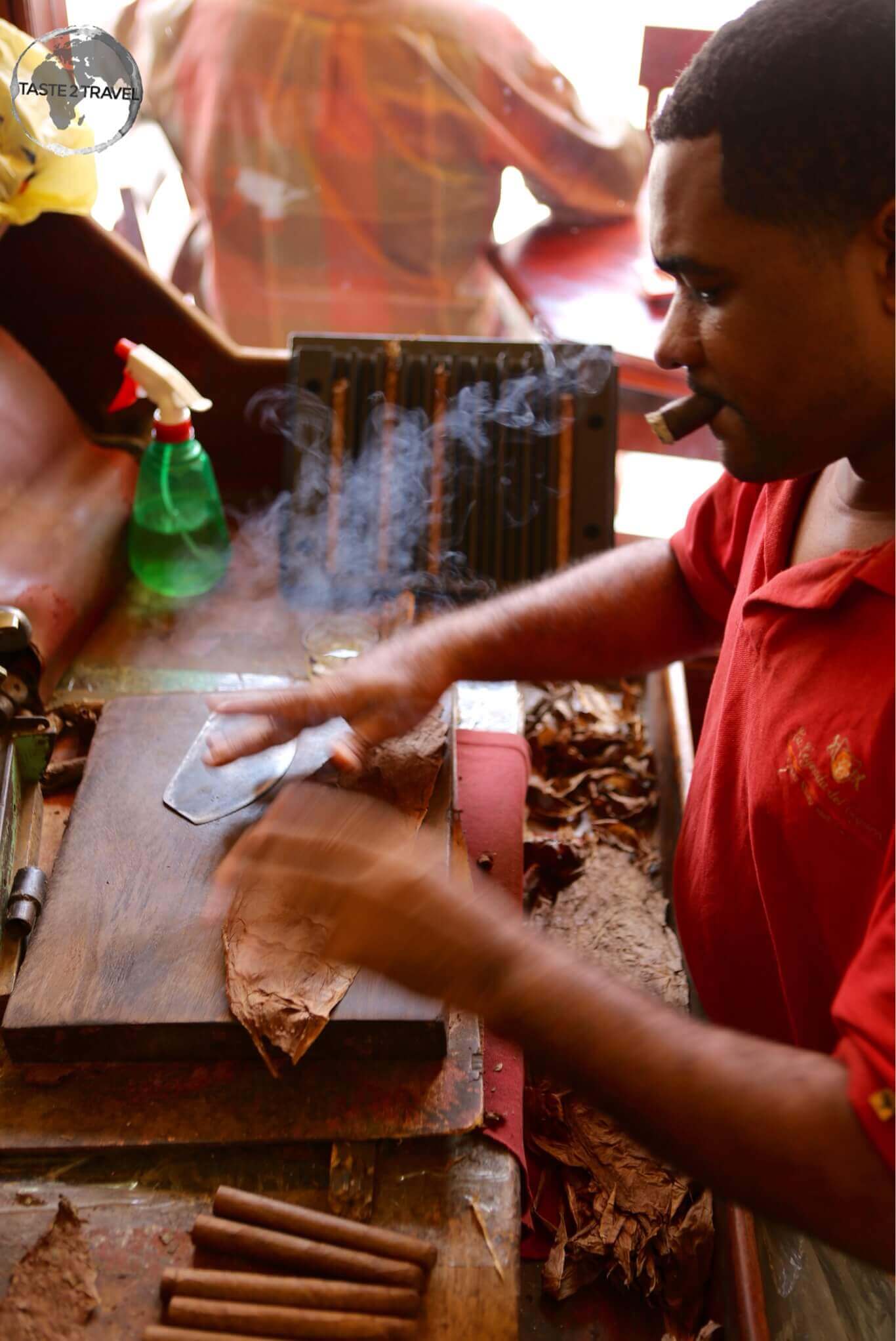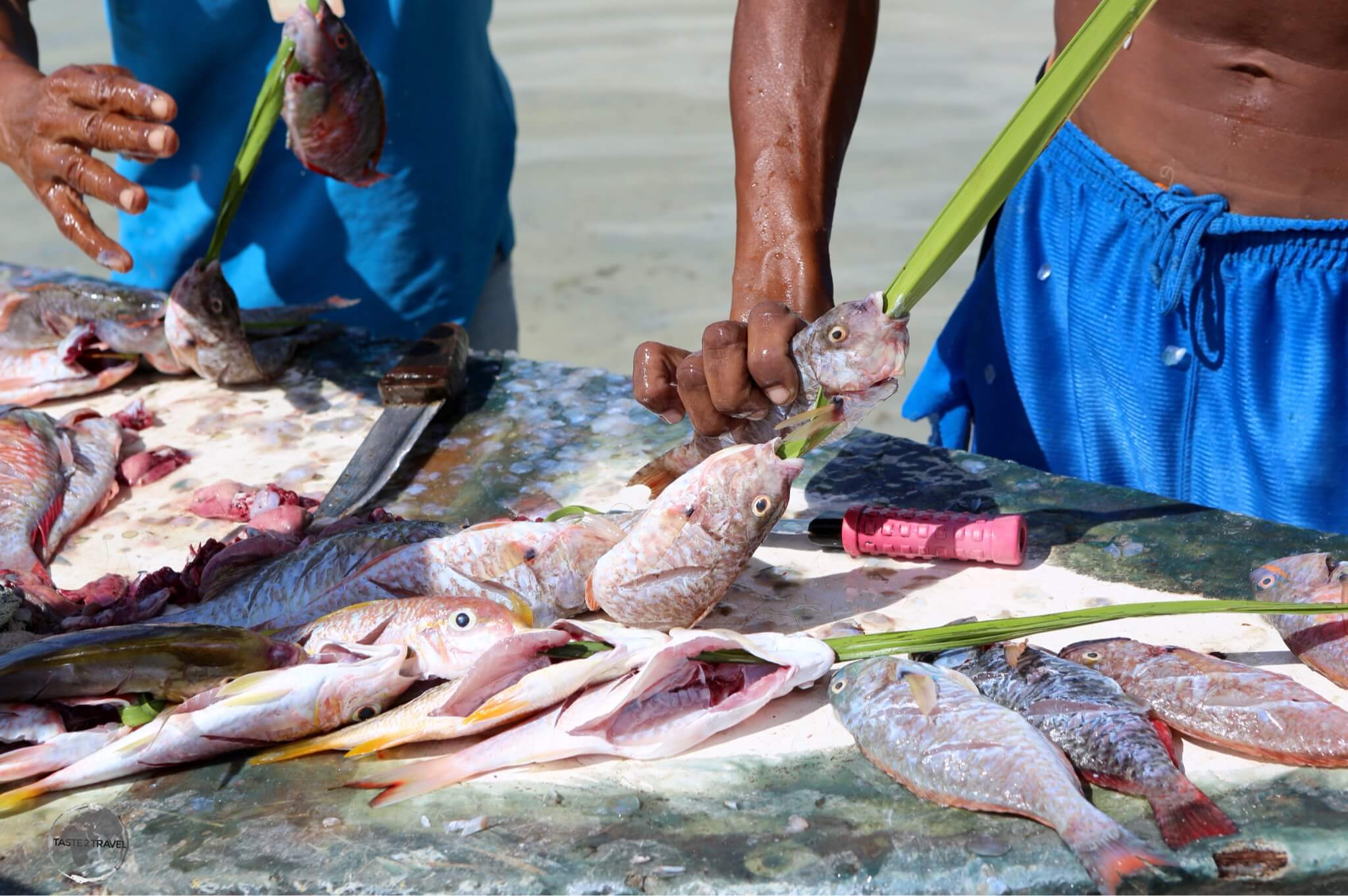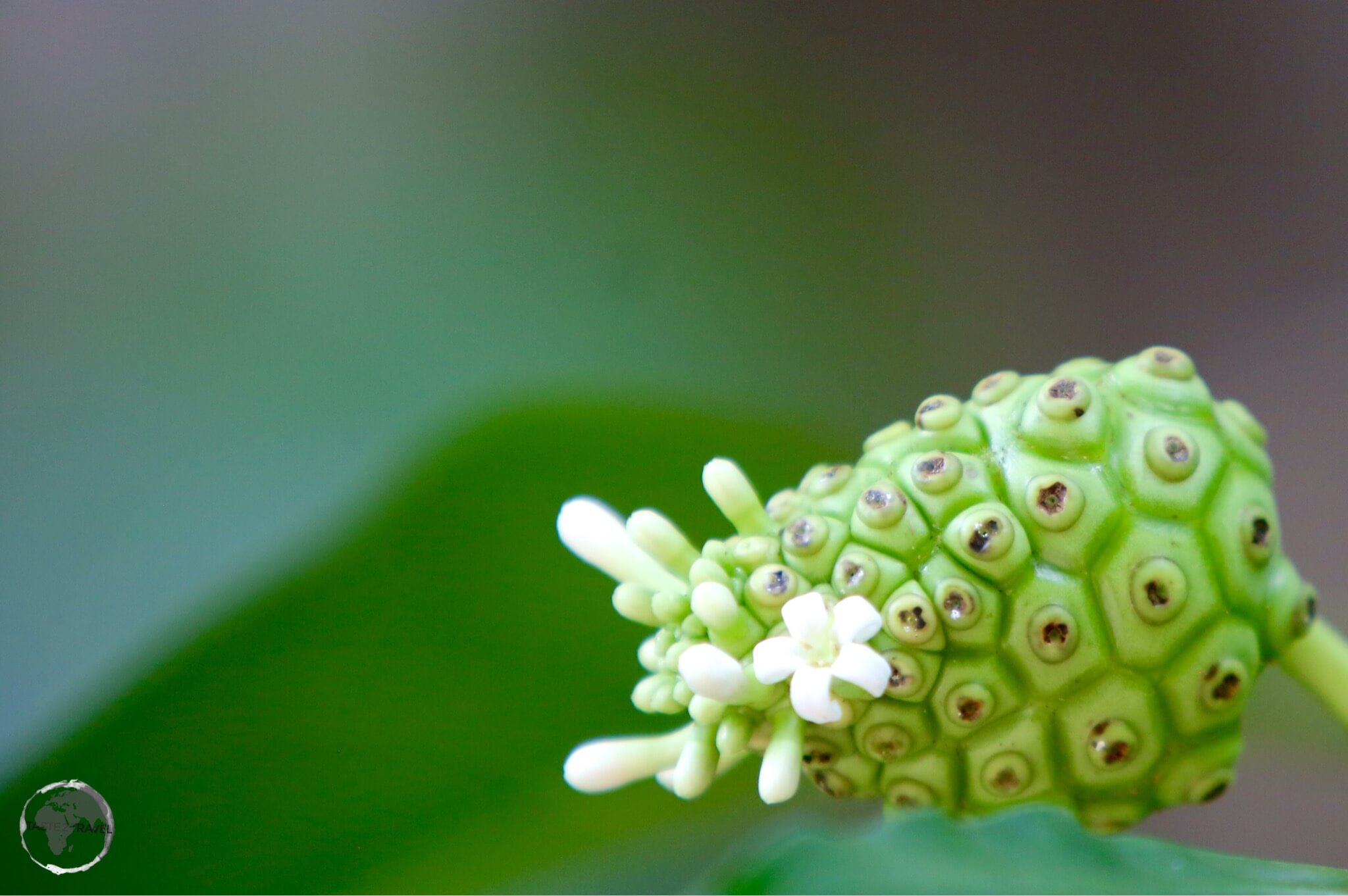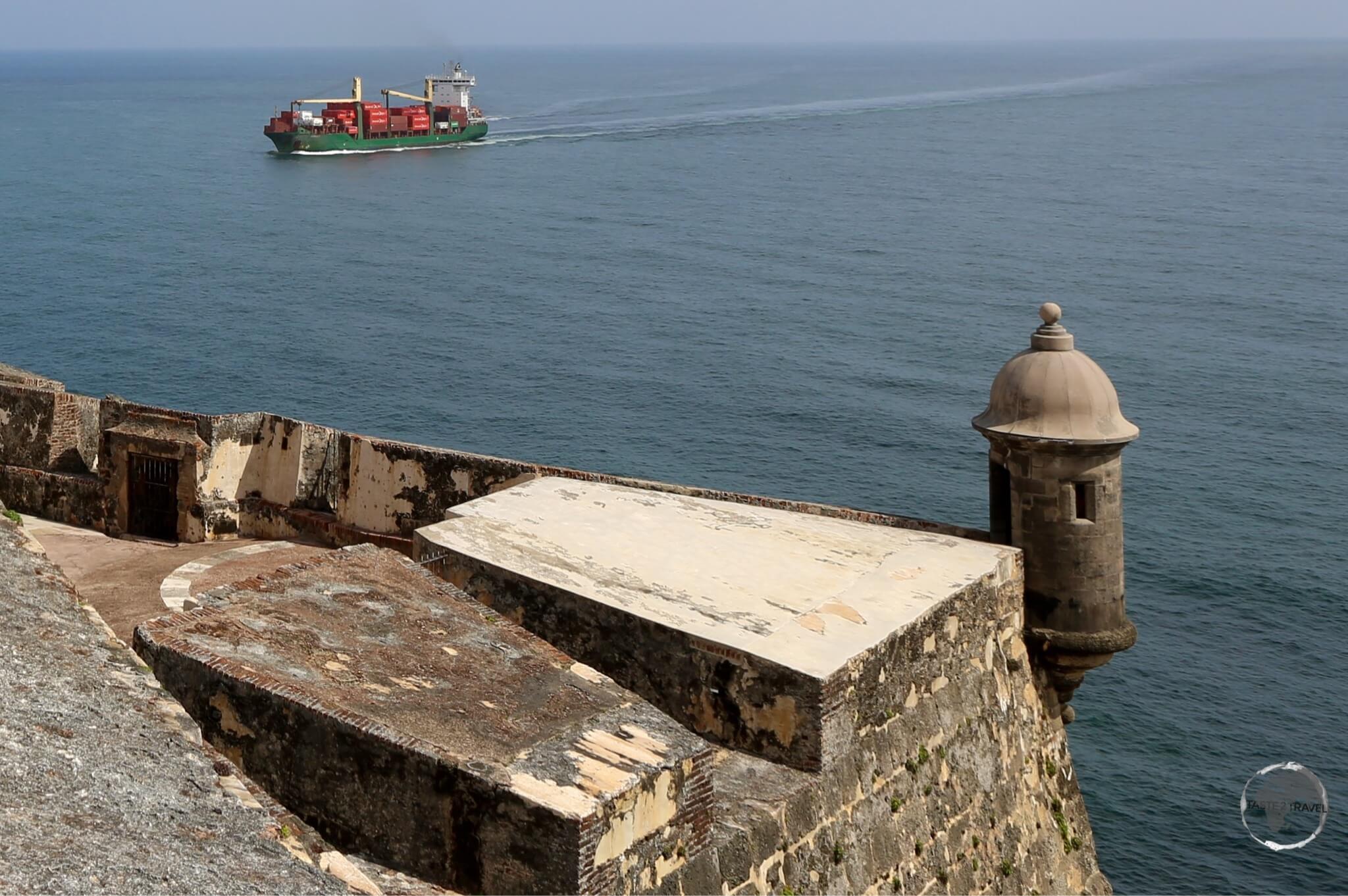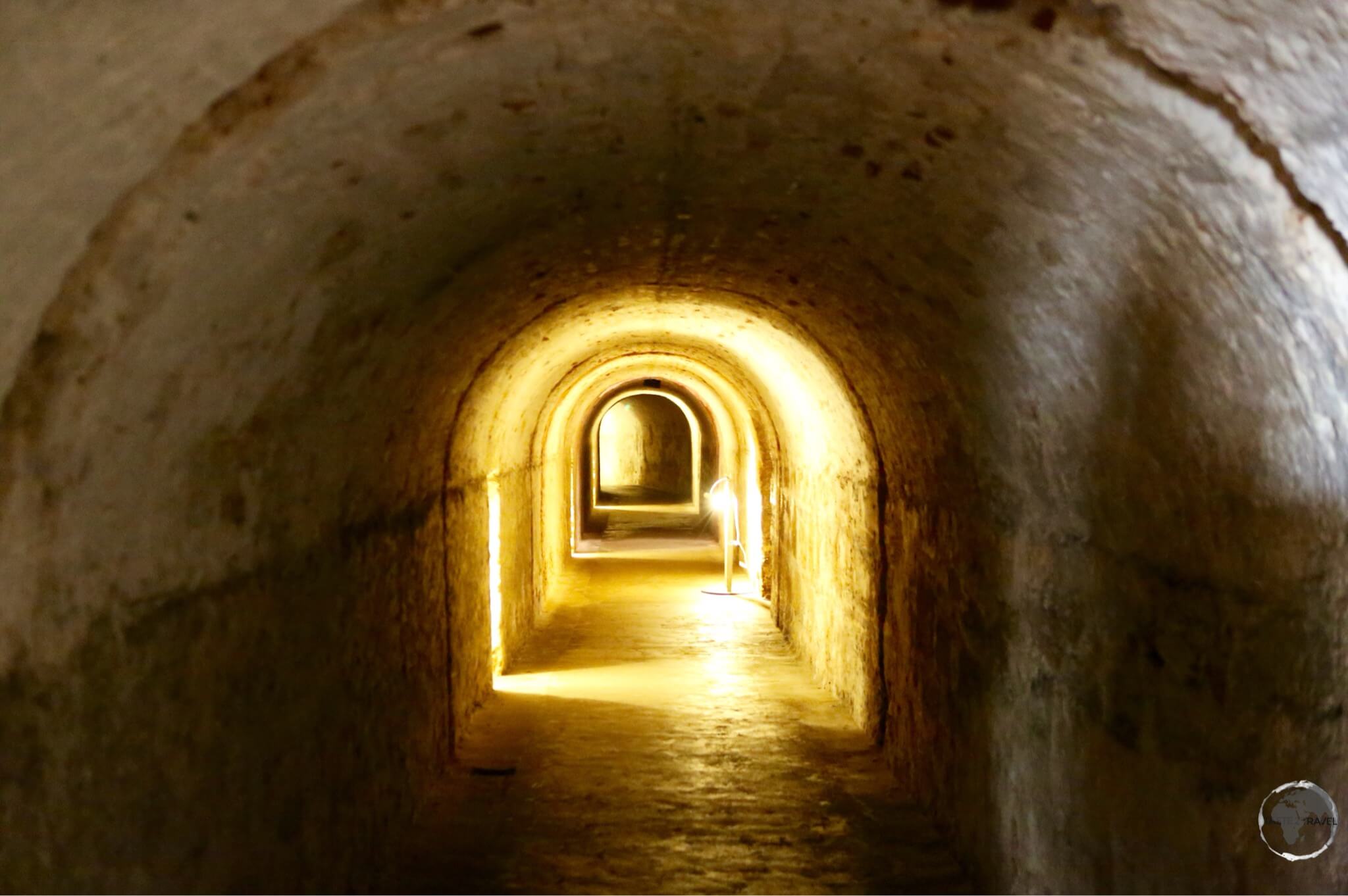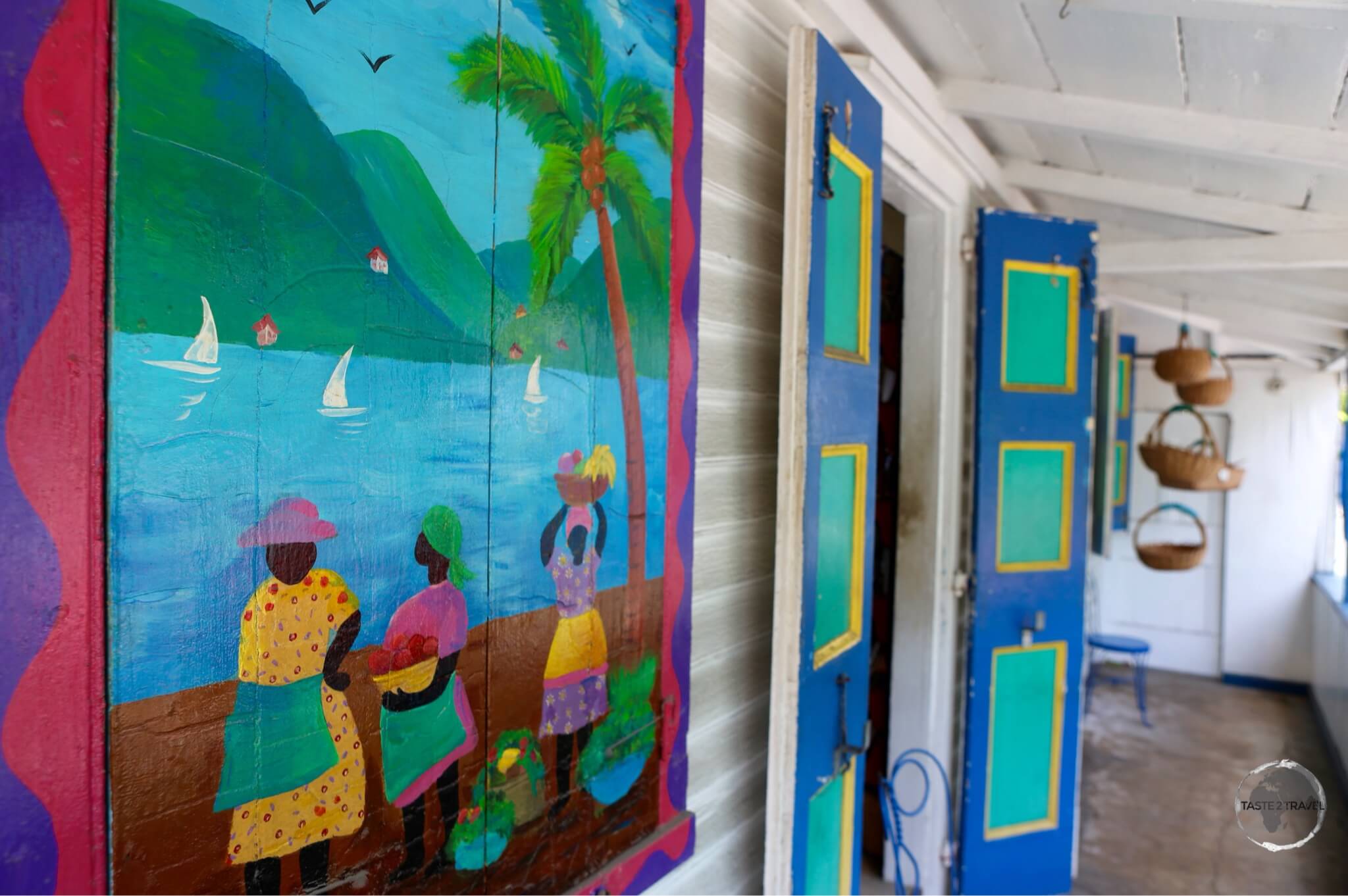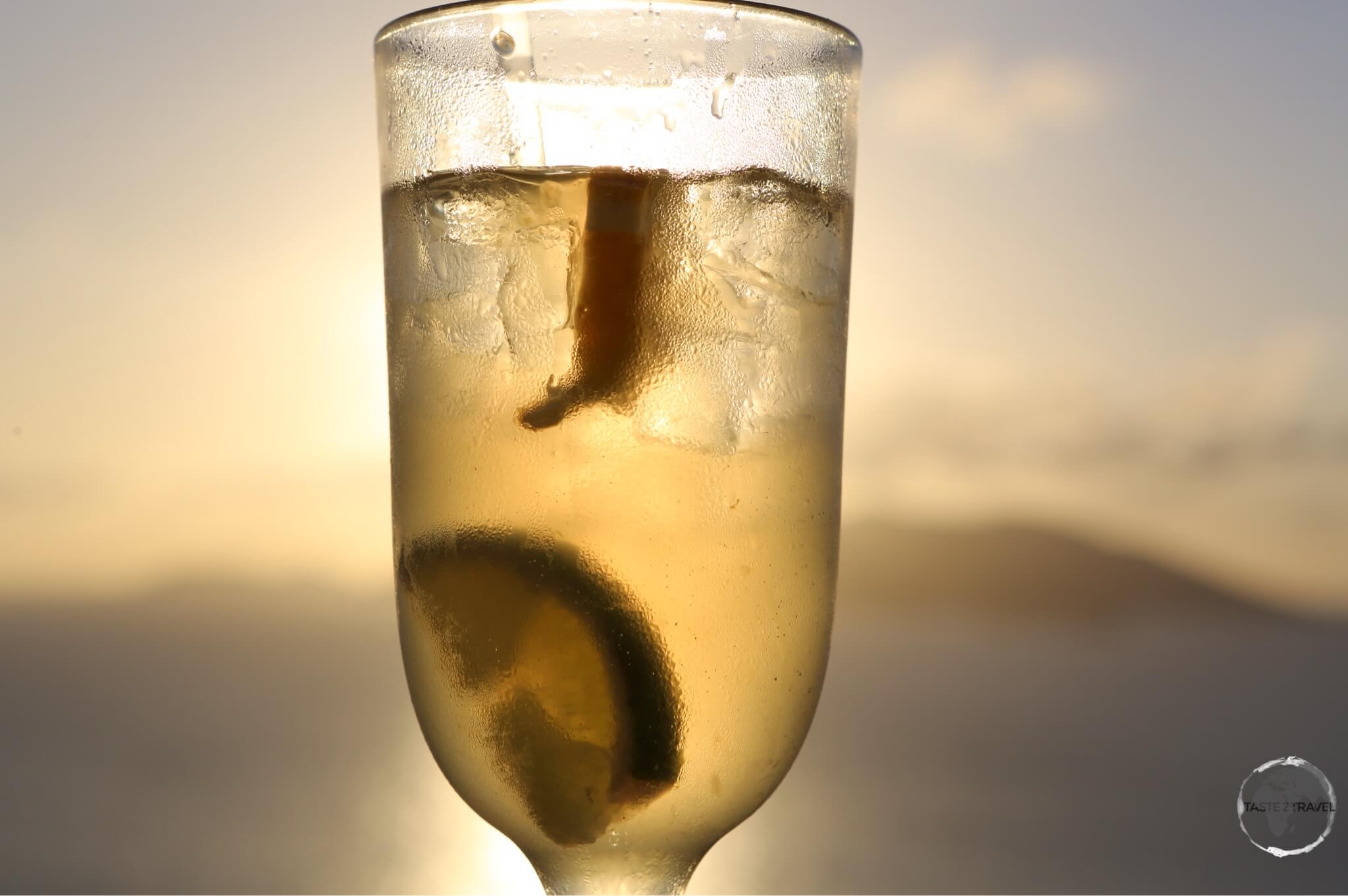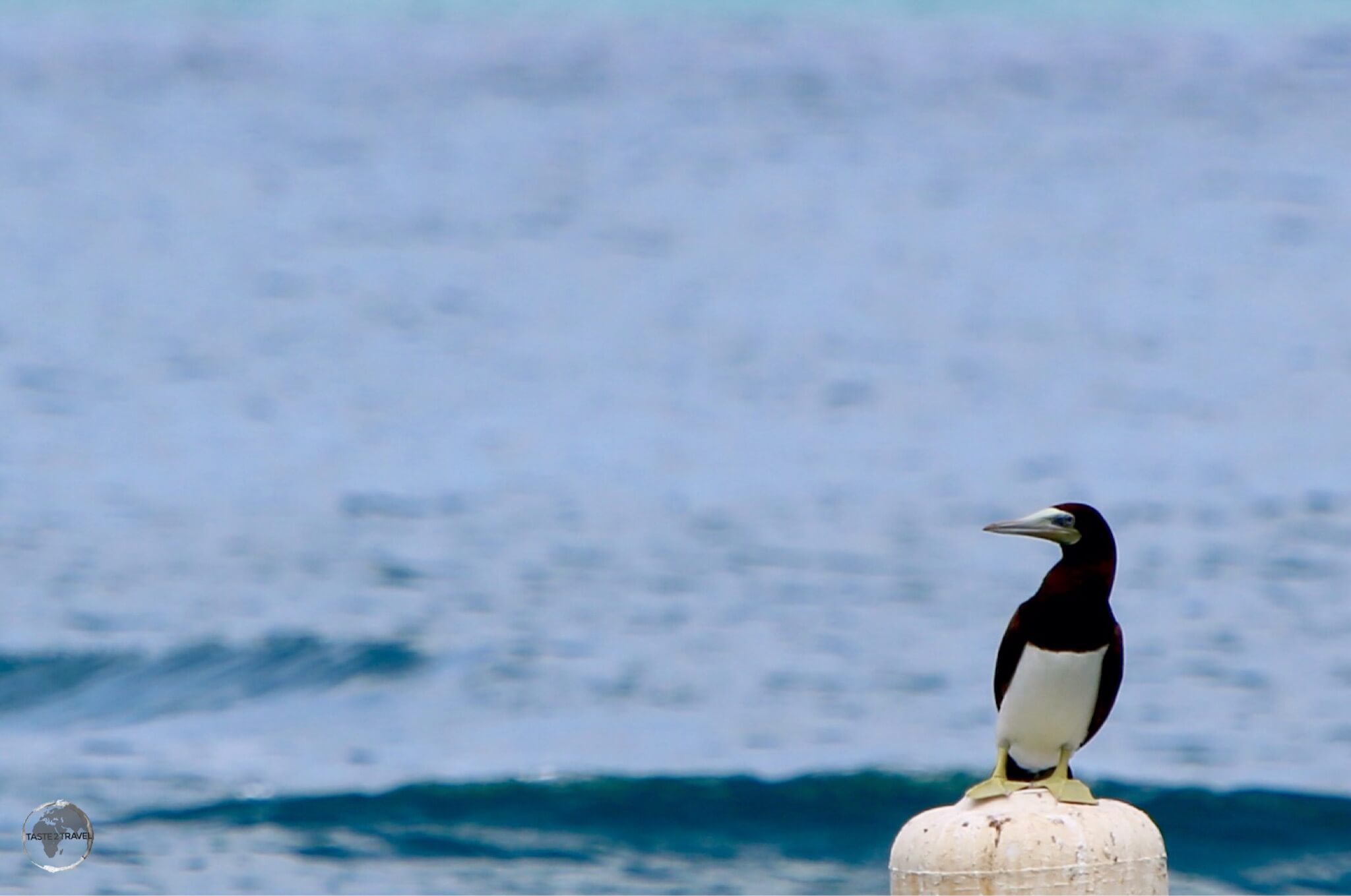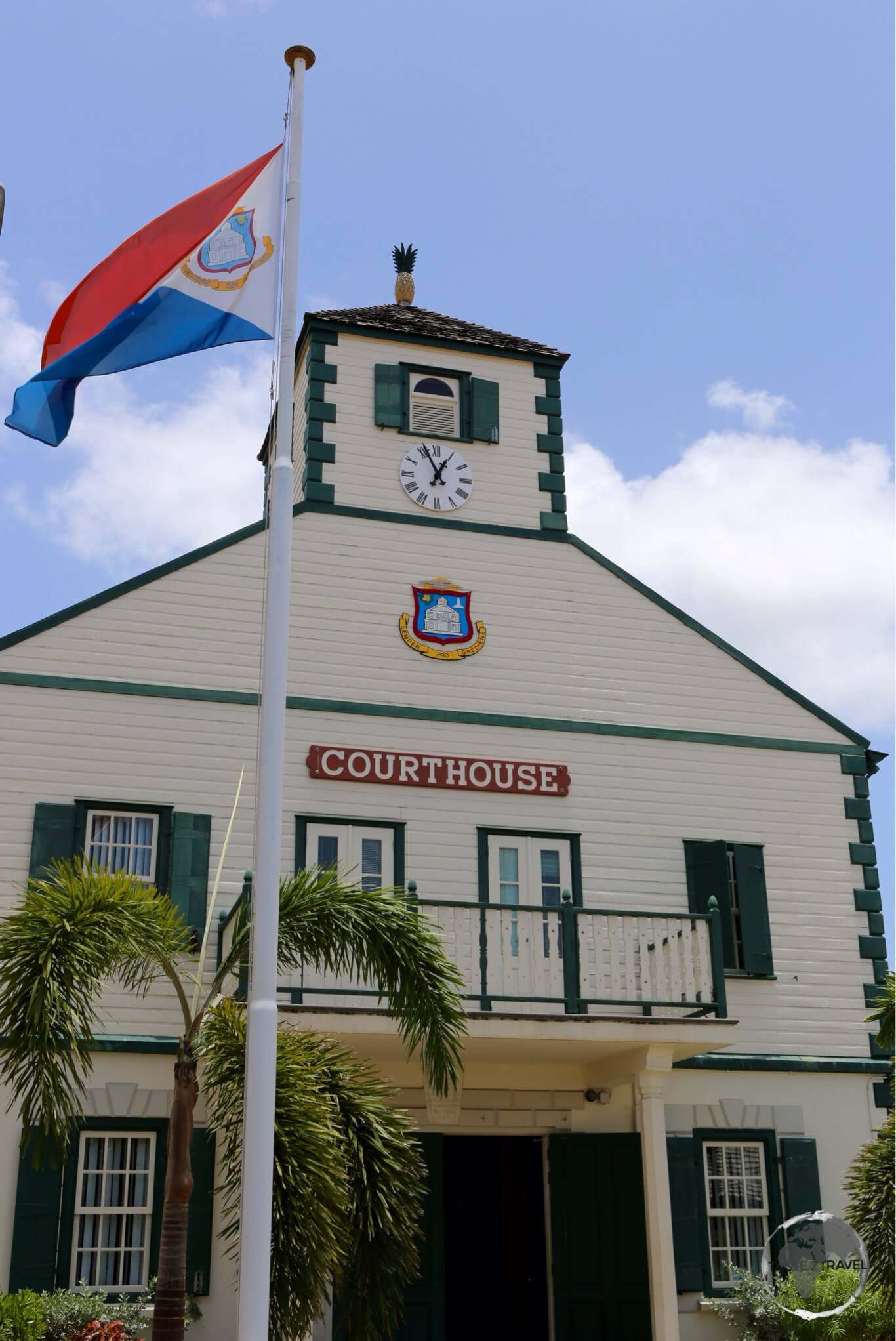Bahamas Travel Guide
Welcome to the taste2travel Bahamas Travel Guide!
Date Visited: April 2015
Introduction
After months of island-hopping from south to north through all (but one) of the 33 countries and territories of the Caribbean, I was excited to be on my last and final hop – from the British Overseas Territory of Turks & Caicos Islands (TCI) north to The Bahamas.
Located a short flight off the coast of Florida and officially known as the Commonwealth of the Bahamas, this former British colony consists of more than 700 islands and 2,400 uninhabited islets and cays spread throughout the Lucayan Archipelago, an archipelago it shares with the TCI.

A jellyfish at Atlantis Resort, Nassau.
My visit took me to the main island of New Providence, home to 70% of the country’s population (250,000) and the capital city – Nassau – hence this blog focuses only on New Providence. The currency of The Bahamas is the Bahamian Dollar (BSD), which is pegged to the US dollar at a rate of 1:1.
During my flight to The Bahamas, I flew over miles of turquoise-coloured sea, dotted with hundreds of cays and larger islands. All the islands in the Lucayan archipelago are made of calcium carbonate (dead coral organisms) which means lots of white-sand beaches and azure-blue, crystal-clear waters – the perfect tourist playground.

The lobby of the Atlantis Resort in Nassau features a giant aquarium.
Thanks to an annual invasion of millions of (mainly American) tourists, tourism is the most important economic sector for The Bahamas, providing 60% of GDP and employing around 50% of the population.

Policemen in downtown Nassau.
Travel costs on The Bahamas are extortionate, so travelling on a budget is definitely a challenge. I paid US$100 per day for a compact rental car and stayed in a rental apartment (well out of town) for about the same amount each night – this was the cheapest option I could find.
If you’re on a tight budget, you can access many parts of the island using public buses (see the ‘Getting around‘ section below) and you can find cheap(er) accommodation through Airbnb.

Hand-printed textiles at Bahamas Hand Prints, Nassau.
Location
The Bahamas
The Bahamas is located in the Atlantic ocean, just 50 miles off the coast of Florida. It’s the most northerly Caribbean Island nation and hence was the logical end-point to my long, meandering island hop which had started months earlier on the island of Aruba.
History
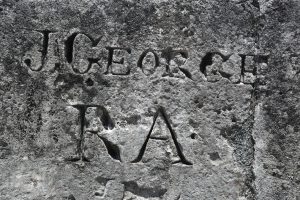
Colonial-era graffiti in Nassau.
Like all other Caribbean islands, The Bahamas was first settled by native (Arawak) Indians who rowed across the sea from Cuba. The first European contact occurred on the very day Columbus first discovered the New World – the 12th of October, 1492. He landed on the Bahamian island of San Salvador but never settled, instead continuing south to the larger island of Hispaniola – present day Dominican Republic. It was Columbus who gave the country it’s name – inspired by the surrounding shallow sea, he described the islands as “islands of the baja mar” (shallow sea), which became “The Islands of The Bahamas”.

Fort Charlotte is a British-colonial era fort built on a hill over-looking the harbor of Nassau.
The British were the first to settle the islands, with English Puritans – known as “Eleutheran Adventurers” – arriving in 1649 in search of religious freedom. The Bahamas became a Crown colony in 1717 but for many years, Nassau was a lawless settlement and during the late 1600’s to early 1700’s, it was home to many privateers and pirates who used it as their base and with more than 700 islands in close proximity, there were plenty of places to hide treasure.
Control was eventually restored in 1718 after the appointment of the first Royal Governor – Woodes Rogers – who offered amnesty to those pirates who surrendered and hung those who refused. His statue stands today outside the Pirates Museum in Nassau.
The country remained a British colony until 1973, when – under the leadership of Prime Minister Lynden O. Pindling – it gained full independence, ending 325 years of peaceful British rule.
If you wish to read more on the history of The Bahamas you can do so on Wikipedia.
Sightseeing
Nassau

Hand-carved by convicts from the cliff-face, the rock-solid ‘Queens Staircase’.
Named in honour of King William III (King of England and Prince of Orange-Nassau), the capital of The Bahamas is the country’s largest city, commercial hub and home to 70% of the entire population. Nassau was founded as ‘Charles Town’ in 1670 by English noblemen and was once a haven for pirates so there’s plenty of history and sights to explore.
Built around an attractive harbour and close to the tourist playground of Paradise Island, the city can be impossibly crowded most days with visiting cruise ship passengers (mostly American day-tripping tourists) and lots of traffic. Whenever I visited Nassau, I would park my car in the quiet streets on the outskirts of town and walk into the centre.

A view of Nassau from Fort Fincastle.
I started my exploration of the city at Fort Fincastle, which is built on a hill south of town and provides panoramic views of the city and north coast. Shaped like a giant wedge atop the hill, the fort was built in 1793 to protect Nassau harbour and to defend the north coast. I accessed the fort using the adjacent Queens Staircase (named in honour of Queen Victoria) which is comprised of 65 steps hewn out of a natural limestone wall by slaves between 1793 and 1794.John Watling’s Distillery

Pina Colada sampler at John Watlings rum distillery.
Set on more than two acres of lush tropical gardens, the historic Buena Vista Estate is home to the John Watling’s Distillery (Watling was a famous English pirate – known as the ‘pious pirate’). Over the years, there have been many famous visitors to the estate and it made its Hollywood debut when it was featured in the James Bond film Casino Royale.

John Watlings dark rum, on sale at the distillery store in Nassau.
The visitor’s centre offers free rum tours (self-guided, very short and not too informative) and you can sample their three different rums – blonde, amber and dark. I recommend trying the Pina Colada.
National Art Gallery of the Bahamas

The National Art Gallery of the Bahamas, Nassau.
Around the corner from the distillery is the National Art Gallery of The Bahamas, which showcases Bahamian art and is housed in a beautiful, pastel-yellow, 19th century mansion.
Graycliff Hotel
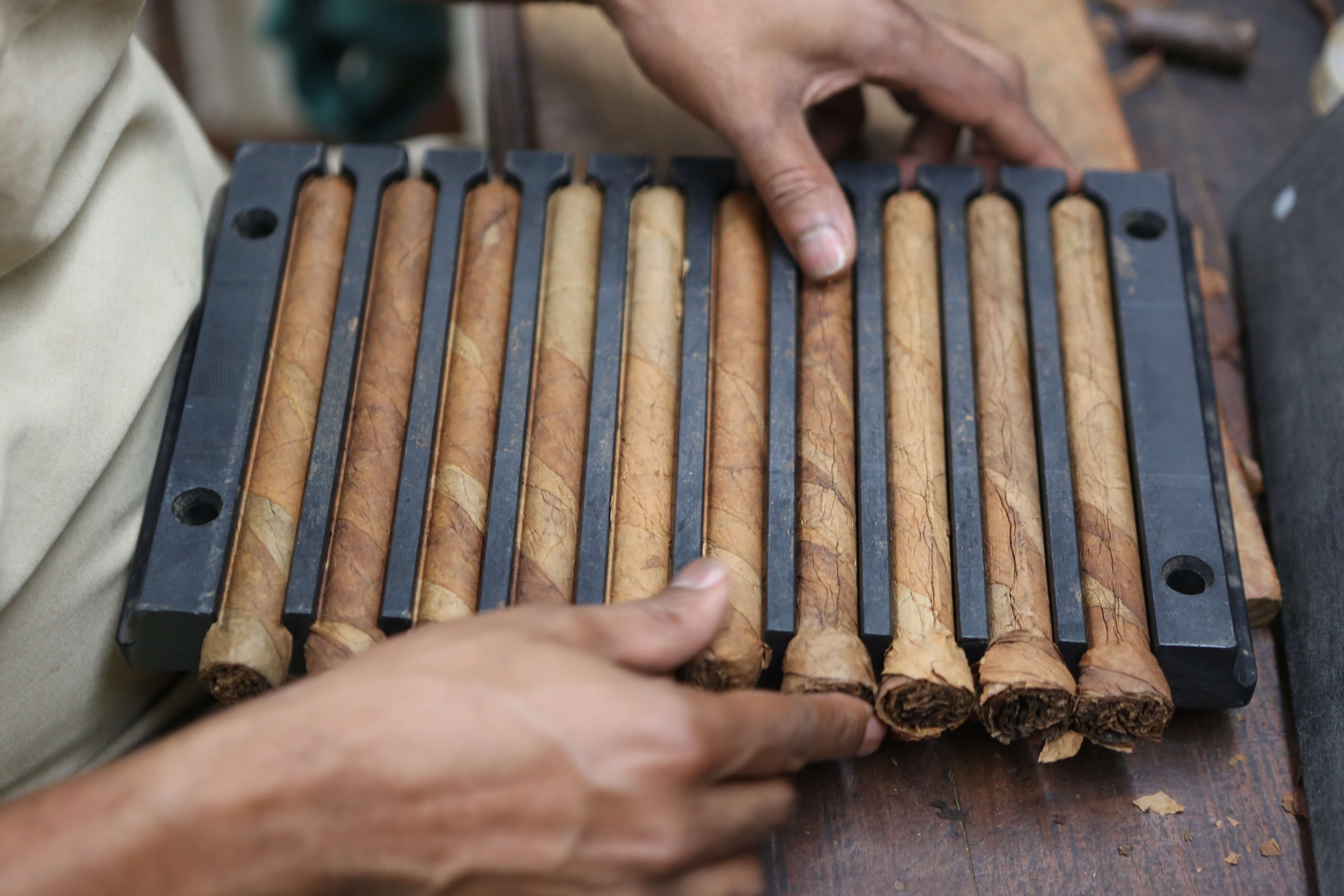
Cigar maker at the Graycliff hotel.
Located on the same street as the gallery, the Graycliff Hotel & Restaurant is also a sight worth visiting – especially to view the resident cigar makers performing their craft, to walk around the beautiful garden, think about jumping into the amazing pool with its hand-painted tiles, then onto the chocolate shop to sample something sweet.

Freshly rolled cigars at the Graycliff Hotel in Nassau.
Government House
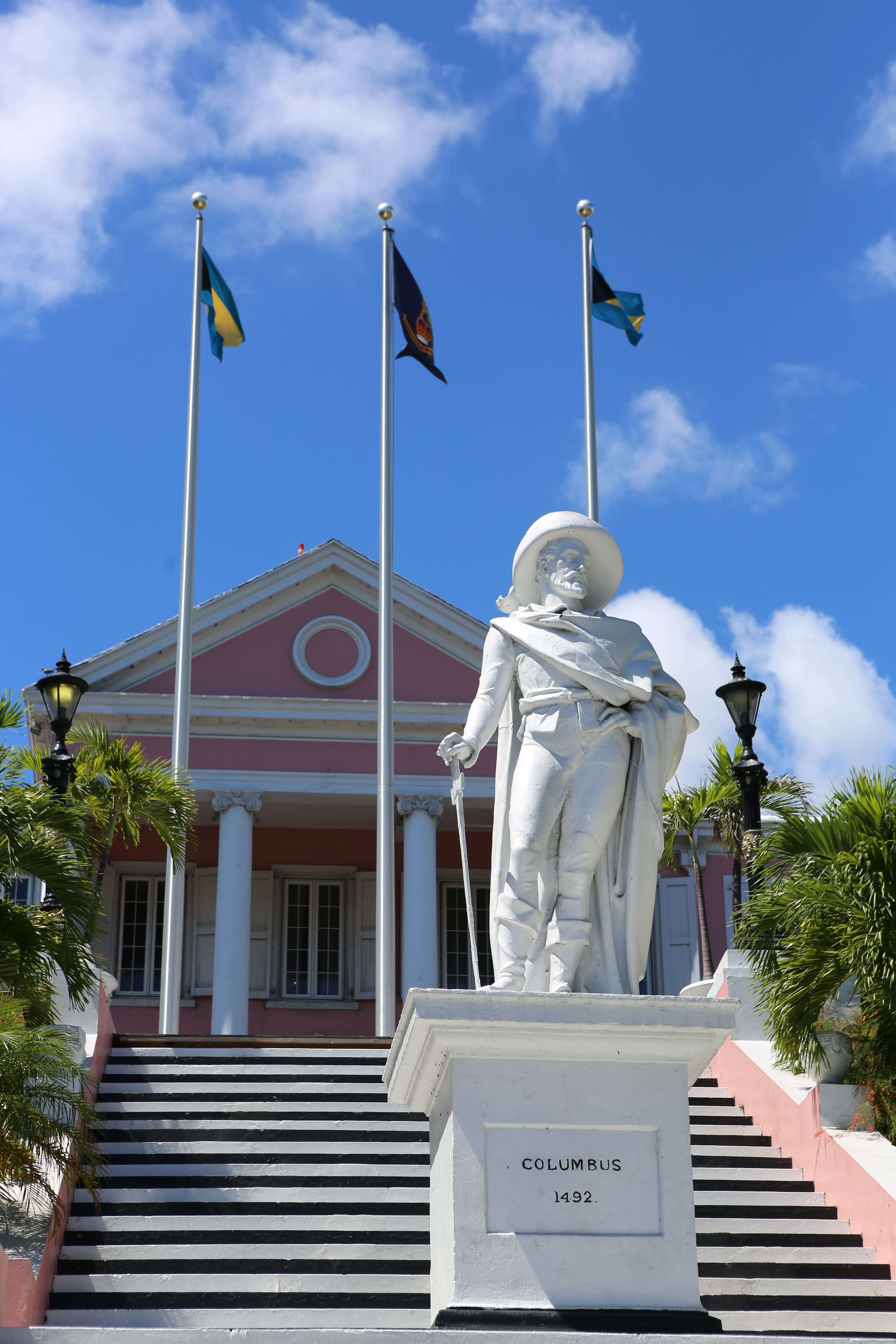
Statue of Columbus outside the British Governor General’s residence.
Across the road from the hotel is the stately Government House – residence of the British Governor General, which features a statue of Columbus out front.
Nassau Library and Museum
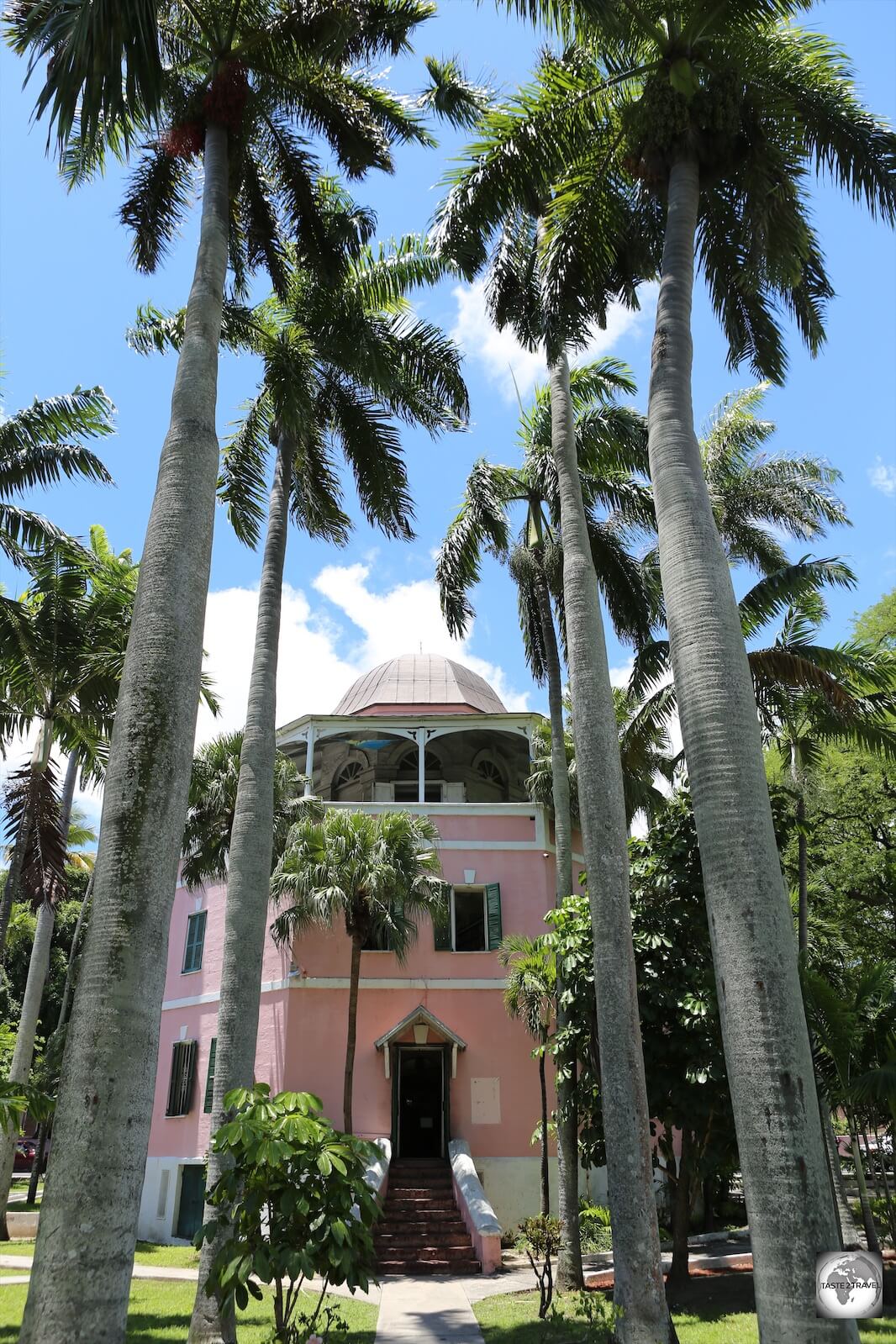
The Nassau Library and Museum, Nassau.
Said to be inspired by a gunpowder magazine, the cylindrical-shaped Nassau Public Library and Museum, once served as a colonial jail. The building is open to visitors who can view the old holding cells (which now serve as document archives).
Government Buildings

Government building on Parliament square, Nassau.
Downhill from the library are two squares – Parliament and Rawson, which forms the centre of the government district. All government buildings in Nassau are painted pastel pink with green shutters.

Parliament Square, Nassau
Parliament square faces the main shopping street of Nassau – Bay street, which is always busy with hordes of cruise ships passengers shopping at the many duty free stores.
On Bay Street I visited the Nassau Straw Market, an open-air market selling hand-woven straw products and lots of tacky Bahamian souvenirs. This is a popular stop with the cruise ship crowd.

A mannequin sporting hand-made printed textile at the Bahamas Hand Prints shop in Nassau.
Also on Bay street is the excellent Pompey museum. Housed in Vendue house, which was once used as a venue for slave sales, the museum focuses on the impact of slavery in The Bahamas.
Pirates of Nassau Museum

Replica ship at the Pirates of Nassau museum.
Just off Bay Street, the Pirates of Nassau Museum is an interactive museum (fun for families), dedicated to the life and times of the Pirates who once called Nassau home. Fittingly, there’s a statue of former Governor Woodes Rogers (he who ended piracy in The Bahamas) outside the museum.
Outside of Nassau

Atlantis Resort, Paradise Island.
A short drive across a toll bridge from downtown Nassau brings you to Paradise Island. Formerly known as Hog Island, it was once a private estate until 1959 when American – Huntington Hartford – (A&P supermarket heir) purchased the island, changed its name to Paradise Island and opened it to tourism by building a resort and installing a golf course. The centre piece of the island is the giant, sprawling Atlantis Resort (see the ‘Accommodation‘ section below).

Cable beach is one of the finest sand beaches on New Providence island.
Driving west along the north coast from Nassau, I arrived at Cable Beach, which is rightly famous for it’s pure white sand and crystal clear water. The beach stretches for 6 km and is lined with upscale resorts, restaurants, bars etc. If you’re in the neighbourhood for dinner, there’s a good variety of international (expensive) restaurants along the main road.
At the western end of the island is the ominously sounding Jaws beach. I never saw a shark here, but the beach got it’s present name after it was used as a filming site for the final instalment in the “Jaws” movie series. The beach is part of the larger Clifton Heritage Park. It’s very isolated so you’ll need a car to reach it.
Accommodation
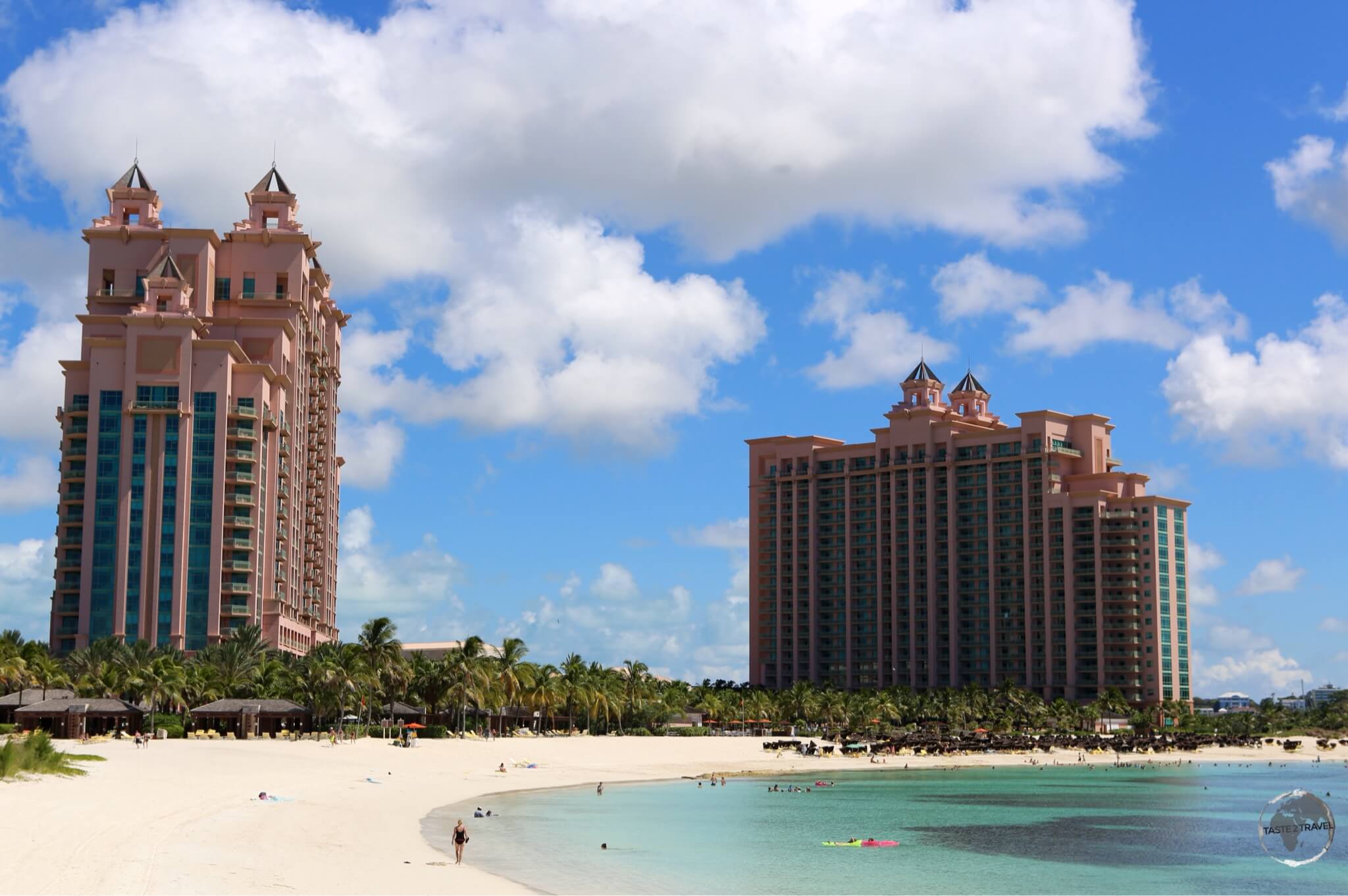
The largest resort in the Caribbean, the Atlantis Resort, Paradise Island, Nassau
Like so many other Caribbean destinations, accommodation on the Bahamas is expensive – the main focus being on large, deluxe resorts which serve as playgrounds for well-heeled Americans seeking a little R&R. The main resort on the island is the Atlantis Resort on Paradise island, which bills itself as the “Caribbean’s top vacation resort“.
The resort features six different accommodation options arranged around Aquaventure – a 141 acre water-scape, which includes fresh and saltwater lagoons, pools, marine habitats, water slides, river rides and a string of gorgeous (protected) beaches which offer fantastic snorkeling. Outside guests are able to use all facilities for a fee and I would recommend spending a full day here.

Hand-painted pool at the Graycliff hotel.
If you prefer to stay somewhere with a little history (300 years of it), romance and old-world charm then the Graycliff Hotel & Restaurant is the place for you. The hotel is housed in several historical houses along a hilltop street, overlooking downtown Nassau and is set amid a beautiful garden which has a hand-painted pool as it’s centre piece.
There are two restaurants which serve fine, gourmet food – I would recommend eating at least once at either the Brazilian steakhouse or the Pizzeria. There is a humidor and resident cigar makers (apparently the master cigar maker used to roll cigars for Fidel Castro) and possibly the only Cognateque in the Caribbean. If you have a sweet tooth, there is an amazing chocolate shop in the grounds. Although I wasn’t staying here I was a frequent visitor.
While a few nights at Atlantis will cost you up to $1,000, there are budget options available for around $100 per night. I found a comfortable apartment (30 minutes drive outside of Nassau) using Airbnb.com
Eating Out
As with everything else in The Bahamas, a meal at a restaurant is not cheap. There are ways to reduce costs with one of the stand-out options being Arawak Cay. Located on the north coast, west of Nassau – this is home to the “Fish Fry” and countless bars and restaurants. Although it’s a bit of a tourist trap, Arawak Cay is popular with the locals and a great place to try affordable, local cuisine. Best time to visit is in the evening when it’s busiest.

Cigar maker at the Graycliff hotel.
In downtown Nassau, the Graycliff Hotel & Restaurant offers fine dining options and a pizzeria – I ate here more than once. I also enjoyed exploring the different restaurants in the Cable Beach neighbourhood, my favourite being the Social House Sushi & Grill. If you’re on Paradise Island you’ll find plenty of dining option at the Atlantis Resort and the adjacent mall – Paradise Shopping Plaza.
Visa Requirements
Some nationalities require visas for the Bahamas – check your visa requirements prior to arrival.
Getting There
By Air
Despite being a busy, modern airport, only 20% of tourists visiting The Bahamas arrive via plane. Flights to New Providence arrive at Lynden Pindling International Airport (LPIA) – named after the first Prime Minister of the Bahamas. The airport is located 13 kilometres (20 minutes) west of downtown Nassau and in 2015 served over with 3.3 million passengers, making it the 4th busiest airport in the Caribbean. The airport contains US border pre-clearance facilities allowing all US flights to operate as domestic flights upon arrival at their destination. The airport serves as the hub for Bahamasair.
The following airlines provide connections to Lyndon Pindling International airport:
- Air Canada Rouge – flight to Toronto–Pearson
- American Airlines – flights to Charlotte, Dallas/Fort Worth, Philadelphia, Washington–National
- American Eagle – flights to Miami, Washington–National
- Bahamasair – flights to Arthur’s Town, Cockburn Town, Colonel Hill, Deadman’s Cay, Fort Lauderdale, Freeport, George Town, Governor’s Harbour, Havana, Marsh Harbour, Matthew Town, Miami, New Bight, North Eleuthera, Orlando–MCO, Providenciales, Rock Sound, Spring Point, Treasure Cay, West Palm Beach
- British Airways – flights to Grand Cayman, London–Heathrow
- Caribbean Airlines – flights to Kingston–Norman Manley, Montego Bay, Port of Spain
- Copa Airlines – flight to Panama City
- Delta Air Lines – flights to Atlanta, New York–JFK
- Flamingo Air – flight to Staniel Cay
- IBC Airways – flights to Cap-Haitien, Fort Lauderdale
- InterCaribbean Airways – flight to Providenciales
- JetBlue Airways – flights to Boston, Fort Lauderdale, New York–JFK, Orlando–MCO, Washington–National
- Pineapple Air – flights to Chub Cay, Colonel Hill, Deadman’s Cay, Long Island, Spring Point
- Silver Airways – flights to Fort Myers, Jacksonville (FL), Tampa, West Palm Beach
- SkyBahamas Airlines – flights to Arthur’s Town, Fort Lauderdale, Freeport, George Town, Marsh Harbour, New Bight, San Salvador
- Southern Air Charter – flights to Deadman’s Cay, Governor’s Harbour, Long Island, North Eleuthera
- Southwest Airlines – flights to Baltimore, Fort Lauderdale
- Sunwing Airlines – flight to Toronto–Pearson
- United Airlines – flights to Houston–Intercontinental, Newark
Western Air – flights to Andros Town, Congo Town, Freeport, George Town, Mangrove Cay, Marsh Harbour, San Andros, South Bimini - WestJet – flight to Toronto–Pearson
By Sea
Cruise Ships
With approximately 80% of tourists (almost 5 million in 2013) arriving in the Bahamas on a cruise ship, Nassau harbour is normally a busy place. The harbour is capable of handling seven cruise ships at a time and when the port is busy (most days), tiny Nassau is very busy.

Cruise ships in Nassau harbour.
Getting Around
Ferry
Inter-island ferry services are provided by Bahamas Ferry Services who offer frequent sailings from downtown Nassau to seven destinations in the Family Islands.
Bus
Public buses or “jitneys” (32-seater mini-buses) provide limited service around Nassau, Paradise Island and other parts of the island. Not known for their promptness, buses operate from 6:30 a.m. to 7:00 p.m. daily, except on Sundays when there is reduced service. Fares ranges from $1.25 per person to $3.50 – exact fares are required when boarding.
Taxi
Lot’s of taxi’s are available at the airport, downtown Nassau and on Paradise Island and can be hailed from the street. Elsewhere on the island it’s best to call ahead to book one:
- Meter Cabs: Davis Street, Nassau – 242-323-5111
- Bahamas Taxi Cab Union: Nassau Street – 242-323-4555
Car
Rental cars are available from car agencies located at the airport and in downtown Nassau. Daily rates are not cheap with a compact car from Avis costing me $100 per day. Ouch!
That’s the end of this Bahamas Travel Guide.
Safe Travels!
Darren
Follow me on Instagram:
[instagram-feed feed=1]
Further Reading
Other travel reports from the Caribbean region include:
- Anguilla
- Antigua & Barbuda
- Aruba
- Bahamas
- Barbados
- Bonaire
- Bermuda
- Cayman Islands
- Cuba
- Curaçao
- Dominica
- Dominican Republic
- Grenada
- Guadeloupe
- Haiti
- Jamaica
- Martinique
- Montserrat
- Puerto Rico
- Saba
- Saint Barthélemy (Saint Barts)
- Saint Eustatius (Statia)
- Saint Kitts & Nevis
- Saint Lucia
- Saint Martin/ Sint Maarten
- Saint Vincent & The Grenadines
- Trinidad & Tobago
- Turks & Caicos
- Virgin Islands (British)
- Virgin Islands (U.S.)
Bahamas Travel Guide Bahamas Travel Guide Bahamas Travel Guide Bahamas Travel Guide Bahamas Travel Guide Bahamas Travel Guide Bahamas Travel Guide Bahamas Travel Guide Bahamas Travel Guide



